Nabihah Iqbal Shares New Single and Video ‘Sunflower’ From Forthcoming Album ‘Dreamer’
‘Sunflower’ is the new single from Nabihah Iqbal, marking the second track to be shared after recent shoegaze inspired single “This World Couldn’t See Us” from her long awaited new album ‘DREAMER’ (out 28th April on Ninja Tune). The new track, inspired by a William Blake poem and “about those who die young and leave their art behind” comments Nabihah, arrives alongside an official music video directed by Luh’ra, shot in South Africa earlier this year.
Speaking on the creation of the video, director Luh’ra commented, “The album is very visual and a lot of imagery came to mind while listening. There were a couple of references to sunflowers on the album so we landed on the track, Sunflower. I had heard rumours of a beautiful sunflower field which seemed an ideal location. The idea was simple, something to boost the summer of Cape Town. I’ll always be a bit of a DIY-kinda-guy and I got that sense from Nabihah too which was why it was fun to have fun making the video, nothing too fancy”
‘DREAMER’ arrives five years on since the London-born artist, curator, broadcaster and lecturer’s debut ‘Weighing Of The Heart’ was released and two years in the making, ‘DREAMER’ is Nabihah’s most raw and most reflective work to date.
The record arrives at a pivotal time for Nabihah who has made her prolific work rate look effortless with a resume as varied as her music having recently collaborated with artist Zhang Ding, been commissioned to compose music for the Turner Prize, collaborated with Wolfgang Tillmans as part of his Tate Modern exhibition and was recently involved in a group performance at the Barbican as part of its major Basquiat retrospective. She has also contributed to Serpentine’s recent book ‘140 Artists’ ideas for Planet Earth’ and has given guest lectures at the Royal College of Art. In 2022 Nabihah was announced as a guest director for England’s largest multi-arts festival, Brighton Festival, in 2023, her “biggest, most challenging and exciting curatorial position” to date.
‘DREAMER’ see’s Nabihah reflect on her experiences during the early months of 2020, when her studio was burgled. All her work was lost, including her long-awaited album. Already suffering from a broken hand and a severe case of burnout, she felt helpless. While the forensic police looked for fingerprints in her studio, she received a call. It was her grandmother; her grandfather had suffered a brain haemorrhage. Nabihah got on a plane to Karachi, Pakistan the next day. “Going to Pakistan turned into a blessing in disguise,” she says. “It affected my perspective on music. At the time, being forcefully removed from the whole scenario of the burglary felt frustrating, but it was the best thing that could have happened.” Nabihah spent those months remembering why she made music in the first place. She went back to basics and bought an acoustic guitar and a harmonium.



Using broader concepts, ‘DREAMER’ is “more introspective, because it’s about things that I’ve been through over the last few years,” she says. The album is an intimate journey through snapshots and memories of Nabihah’s life. Exploring personal identity and grief through the soft-focus lens of melancholy, the album is not one specific sound. Her left-field lo-fi aesthetic twirls itself throughout as she manages to skate between tracks without ever sounding disjointed.
It is a wrenchingly intimate and sweetly playful project. There is a pronounced melancholy underpinning the album, but cracks of sunlight make their way out. Ultimately, ‘DREAMER’ signals a shift, elevating Nabihah’s work to new heights as she adds new colours to her palette.
Nabihah has hosted radio shows on NTS and BBC networks like Radio 1, 1Xtra, Asian Network, World Service and 6Music since 2013. Since her debut album was released on Ninja Tune in 2017, Nabihah has toured the world extensively as both a live act and DJ. Performance highlights include the V&A Museum, MoMA PS1 and SXSW as well as Glastonbury Festival, Warehouse Project, Printworks, Boiler Room, Worldwide Festival and Sonar. Nabihah will perform at various UK festivals this summer including Lost Village Festival, We Out Here, Junction 2 and Stowaway Festival.
Nabihah Iqbal will release ‘DREAMER’ on the 28th April on Ninja Tune, with “Sunflower” out now. Nabihah will play an album listening party on the Thurs 27th April ahead of an album launch show on the 13th May, both taking place at the ICA.
Credits ///
Song: Sunflower by Nabihah Iqbal (@nabihahiqbal)
Director: Luh’ra (@luh.ra)
DoP: Jonathan Hendricks
Assist DoP: Jayson Geland
Handycam: Luh’ra
Editor: Francesco Mbele (@franadilla)
Stills: Keith Virgo (@iamkeithvirgo)


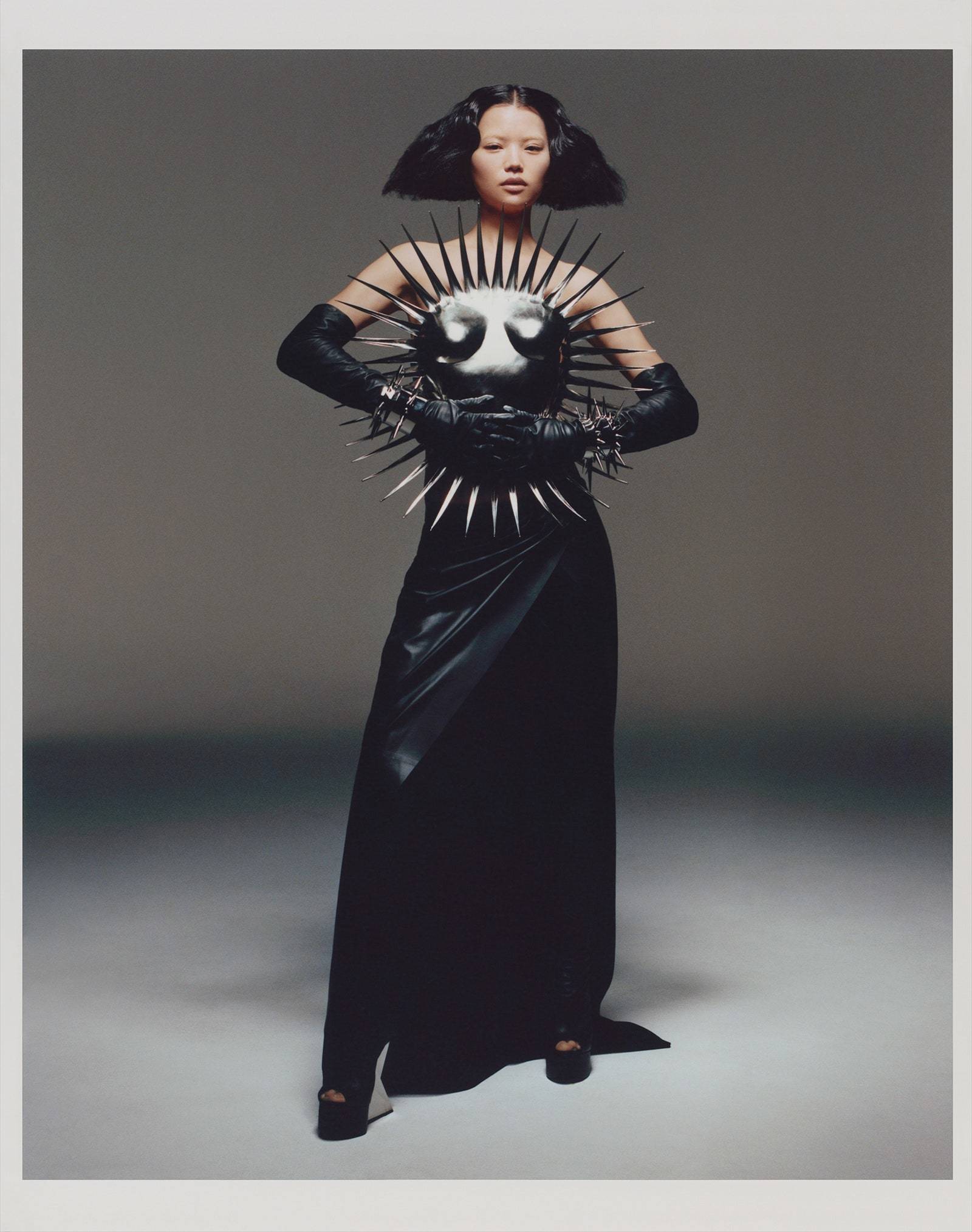
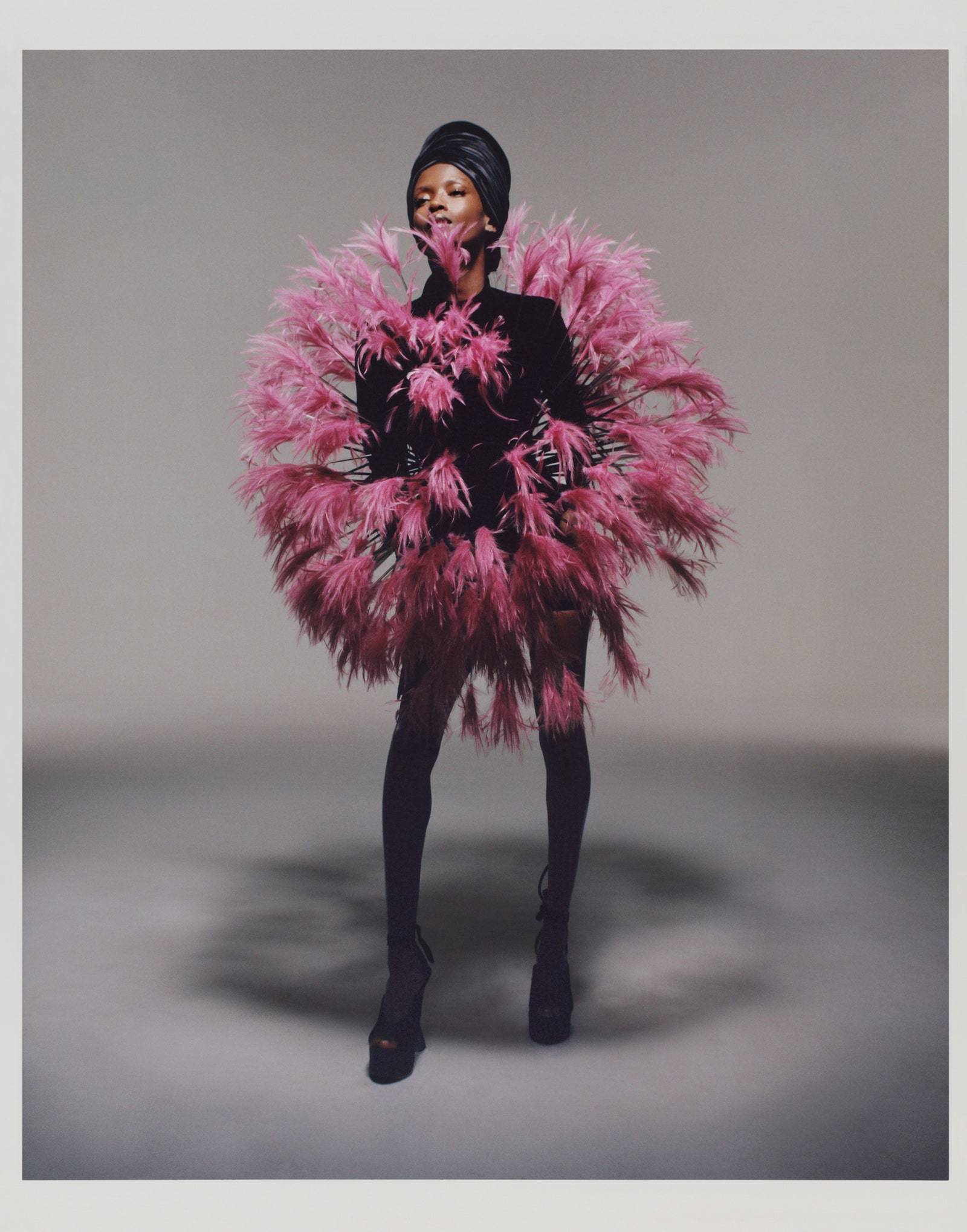
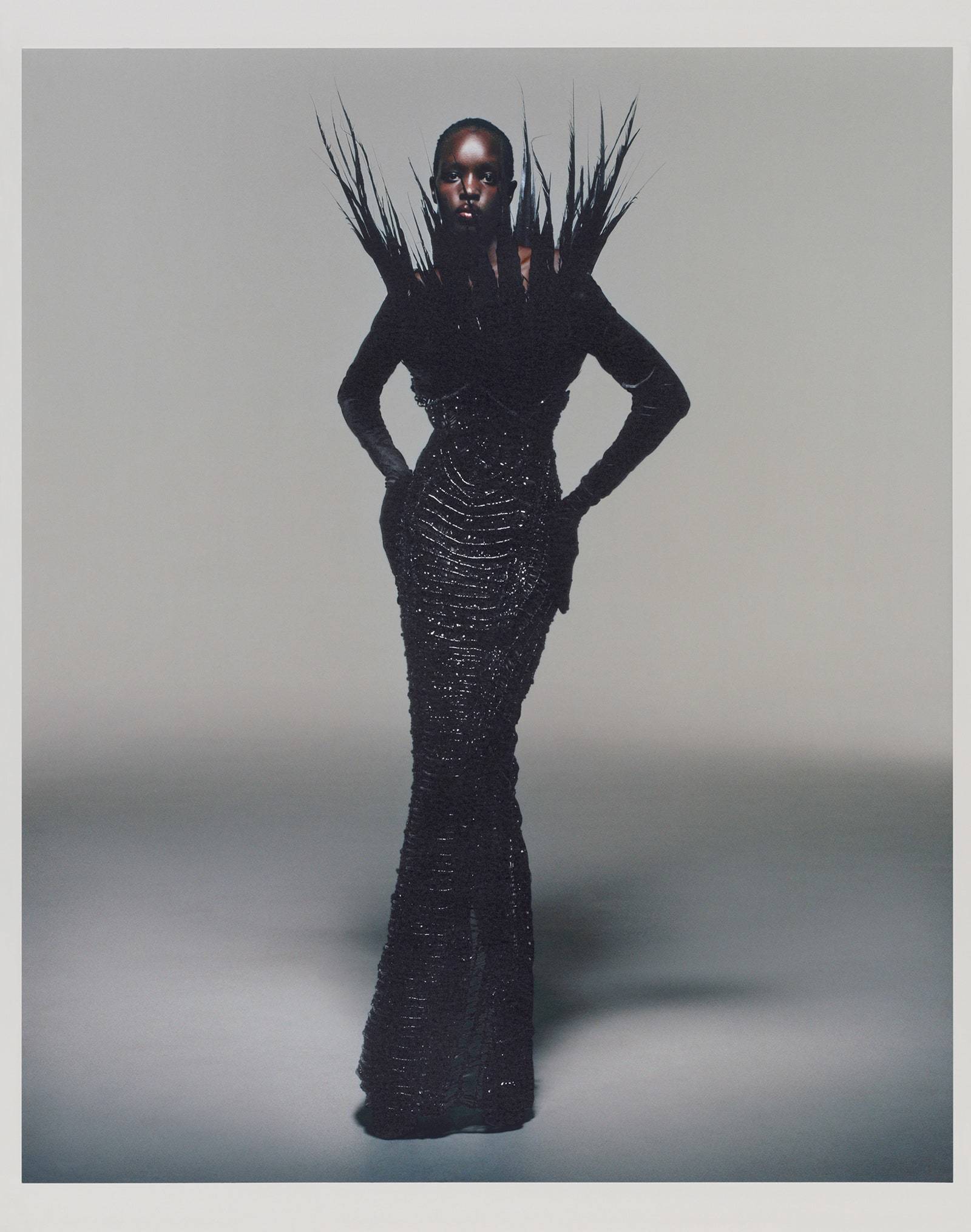

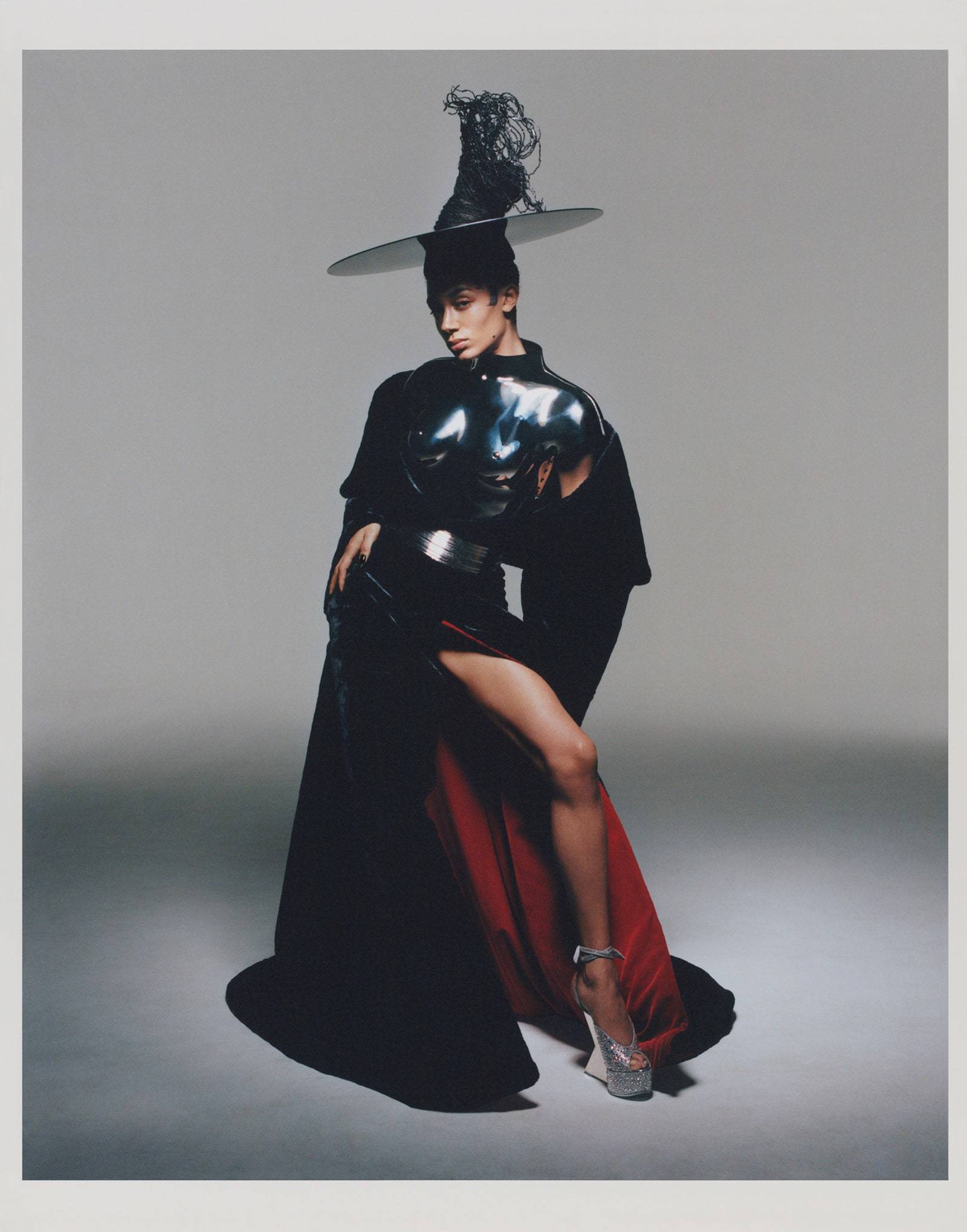
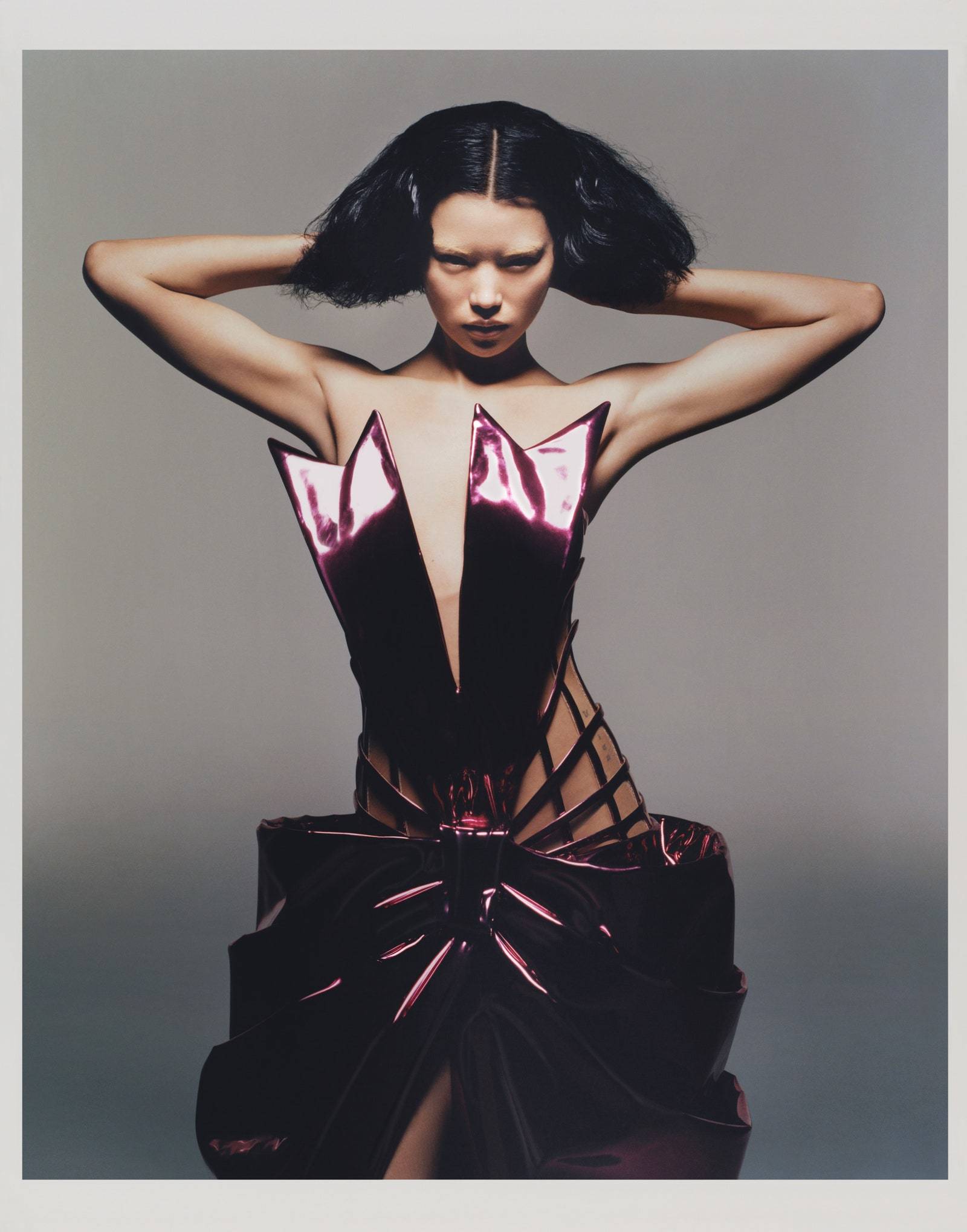
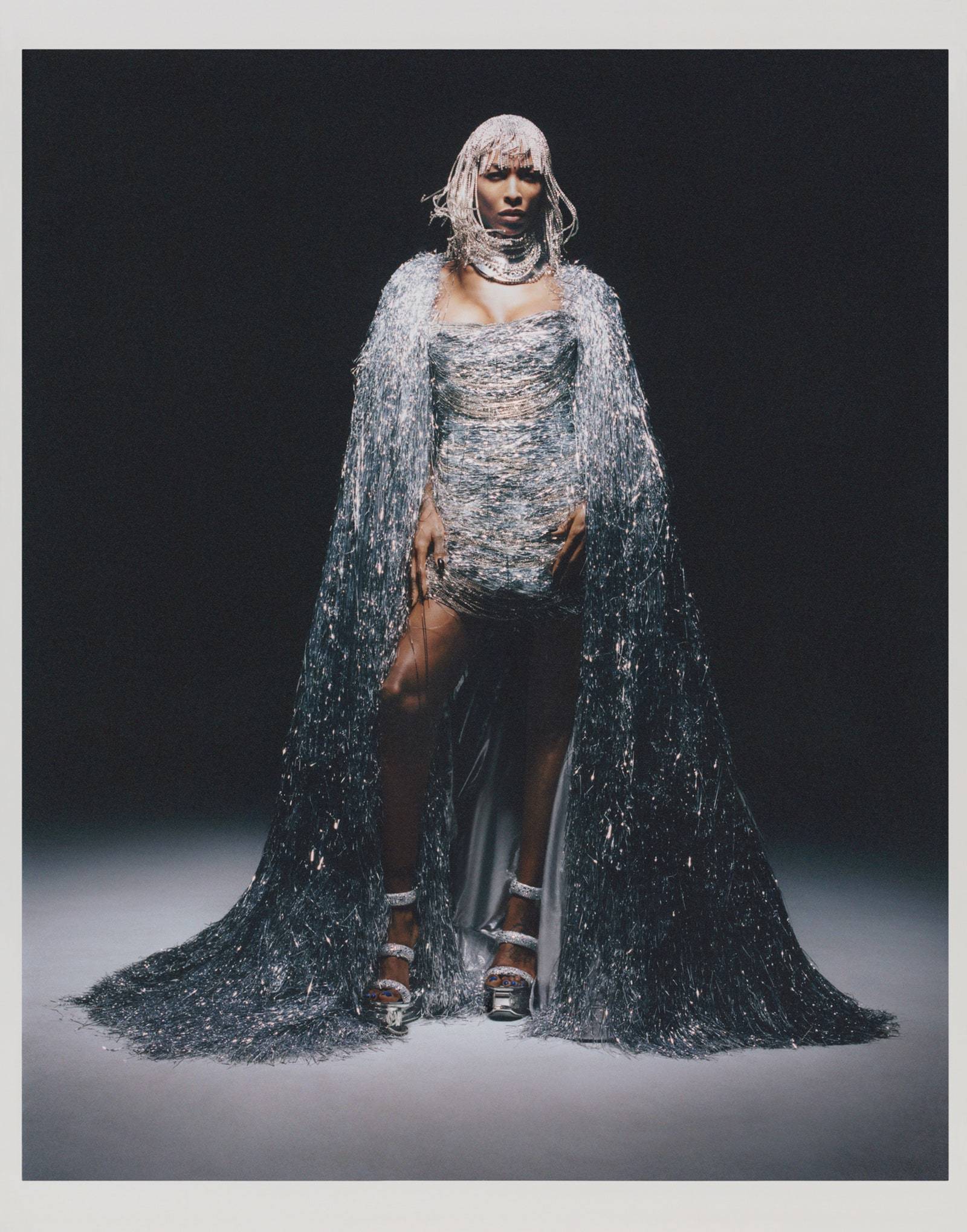
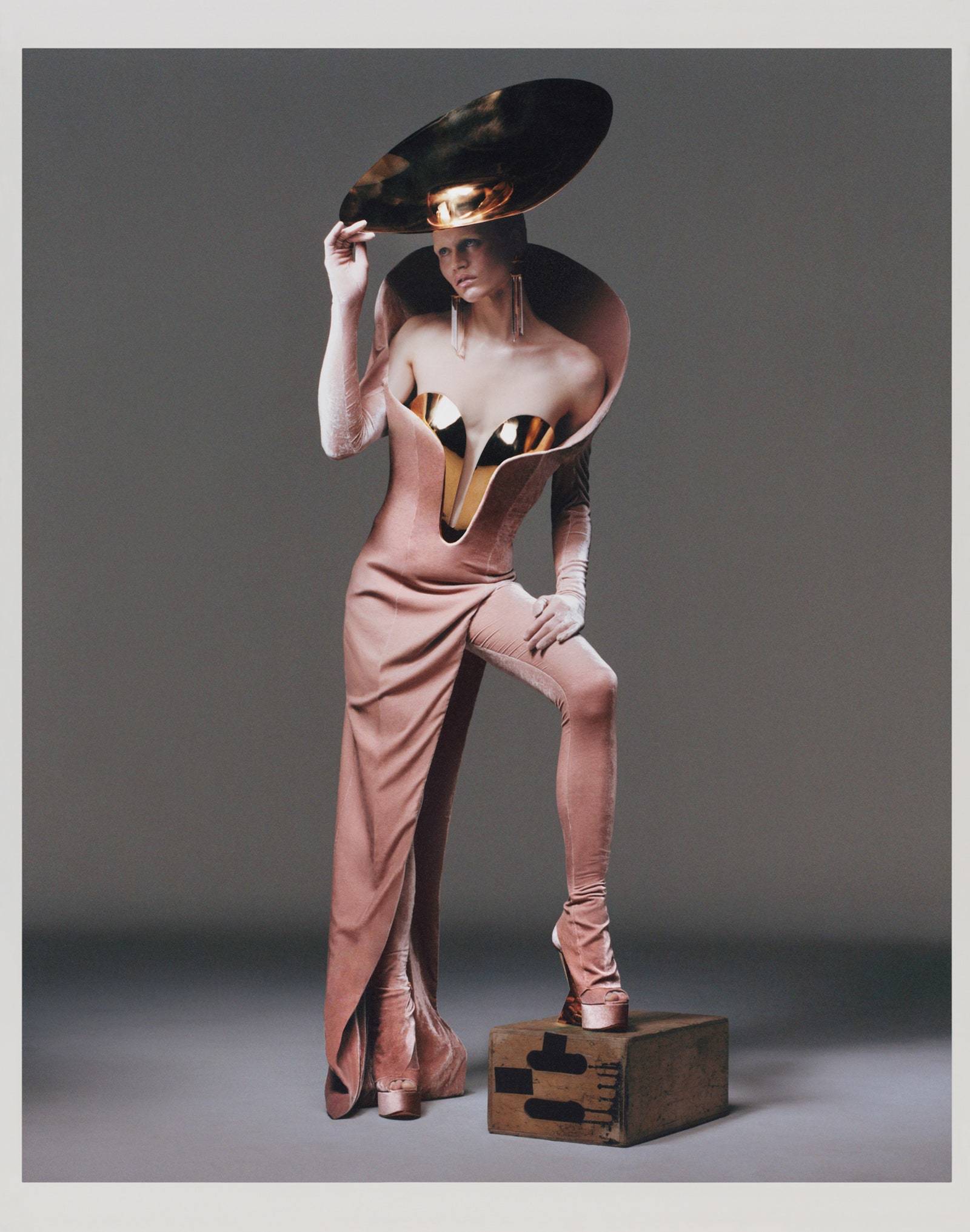
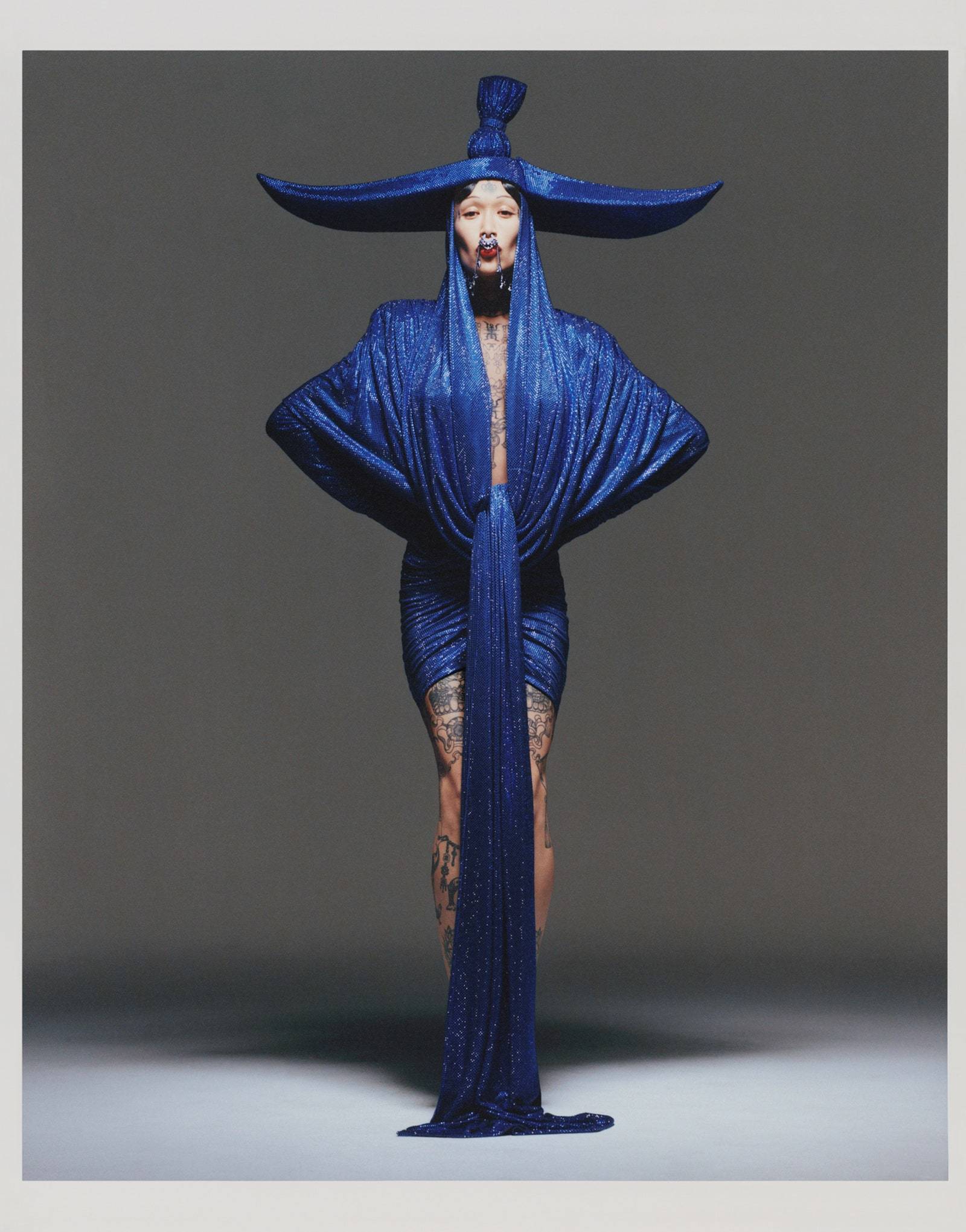
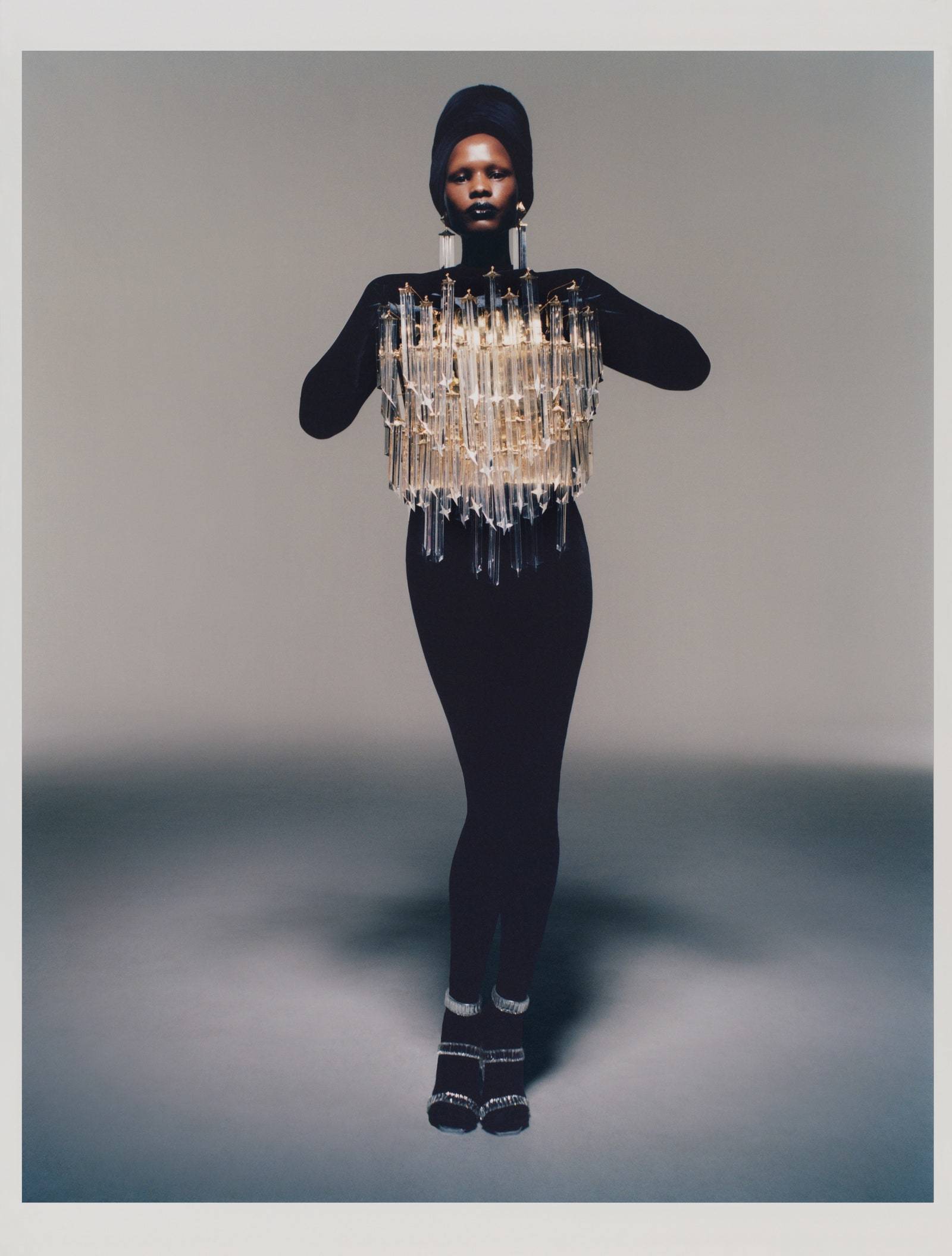

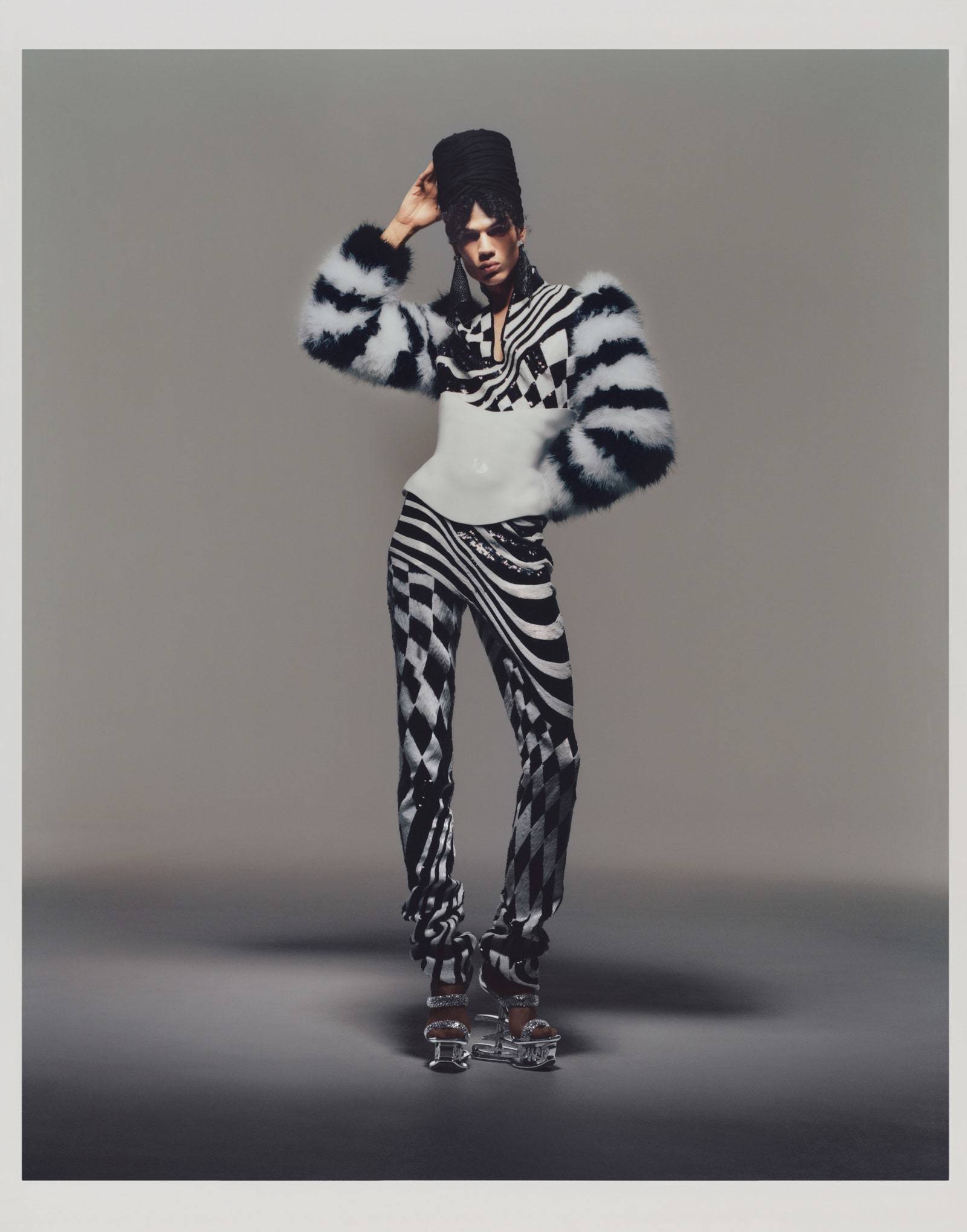
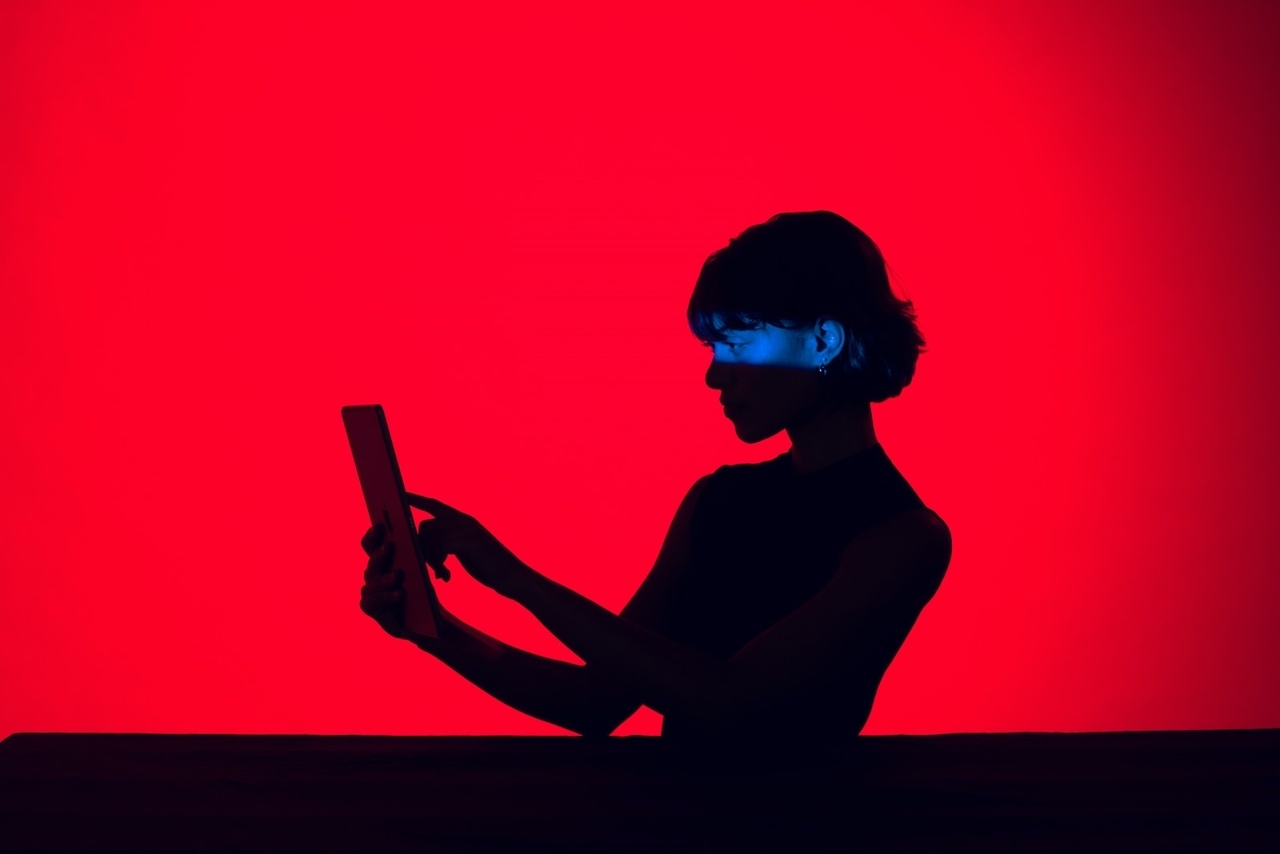
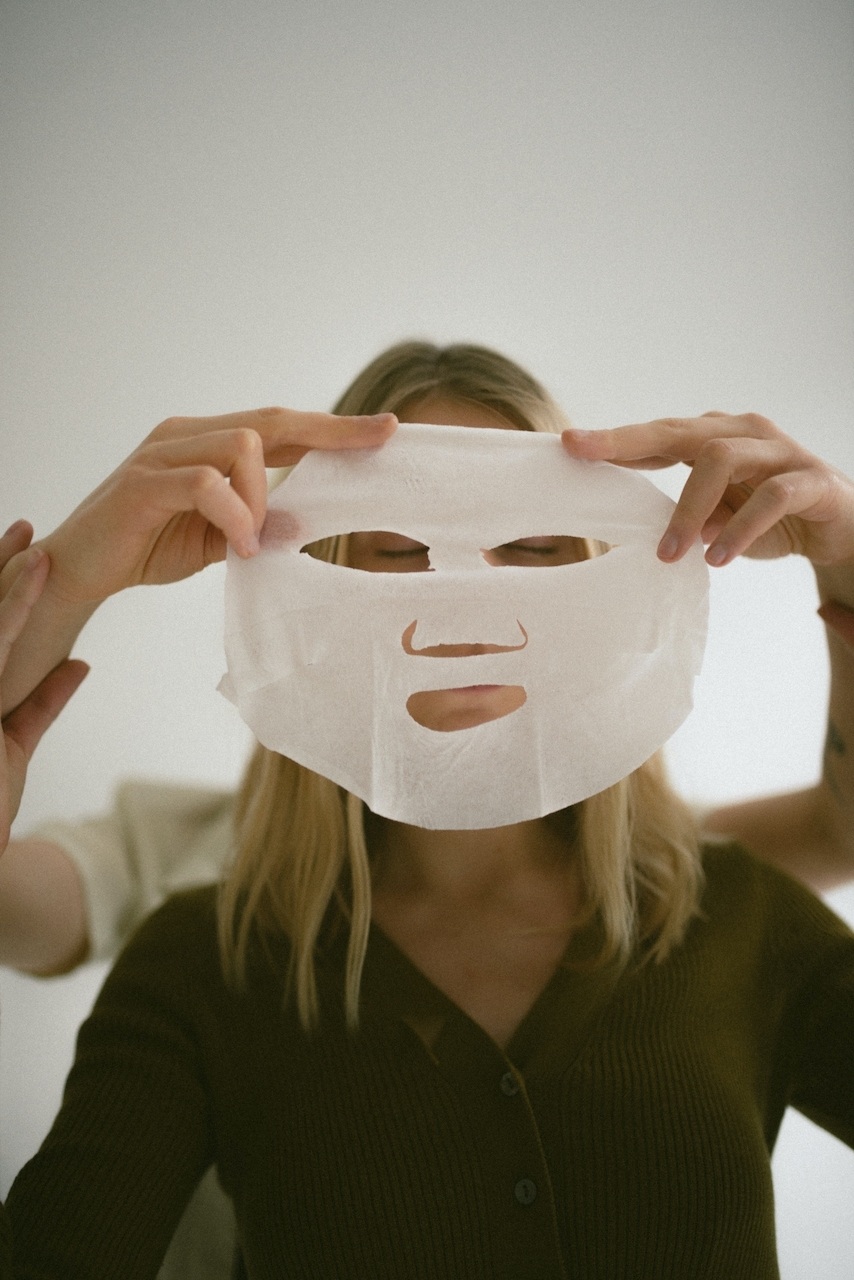
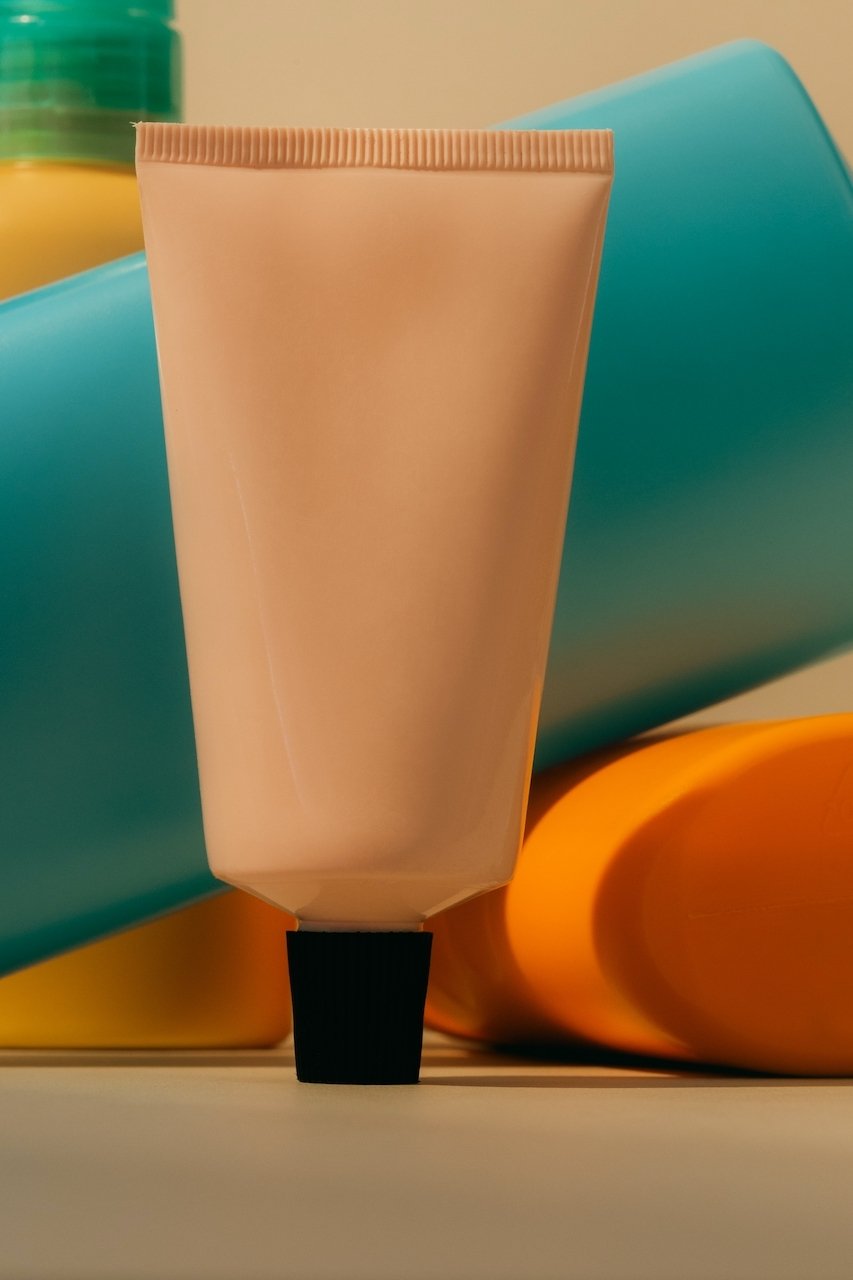
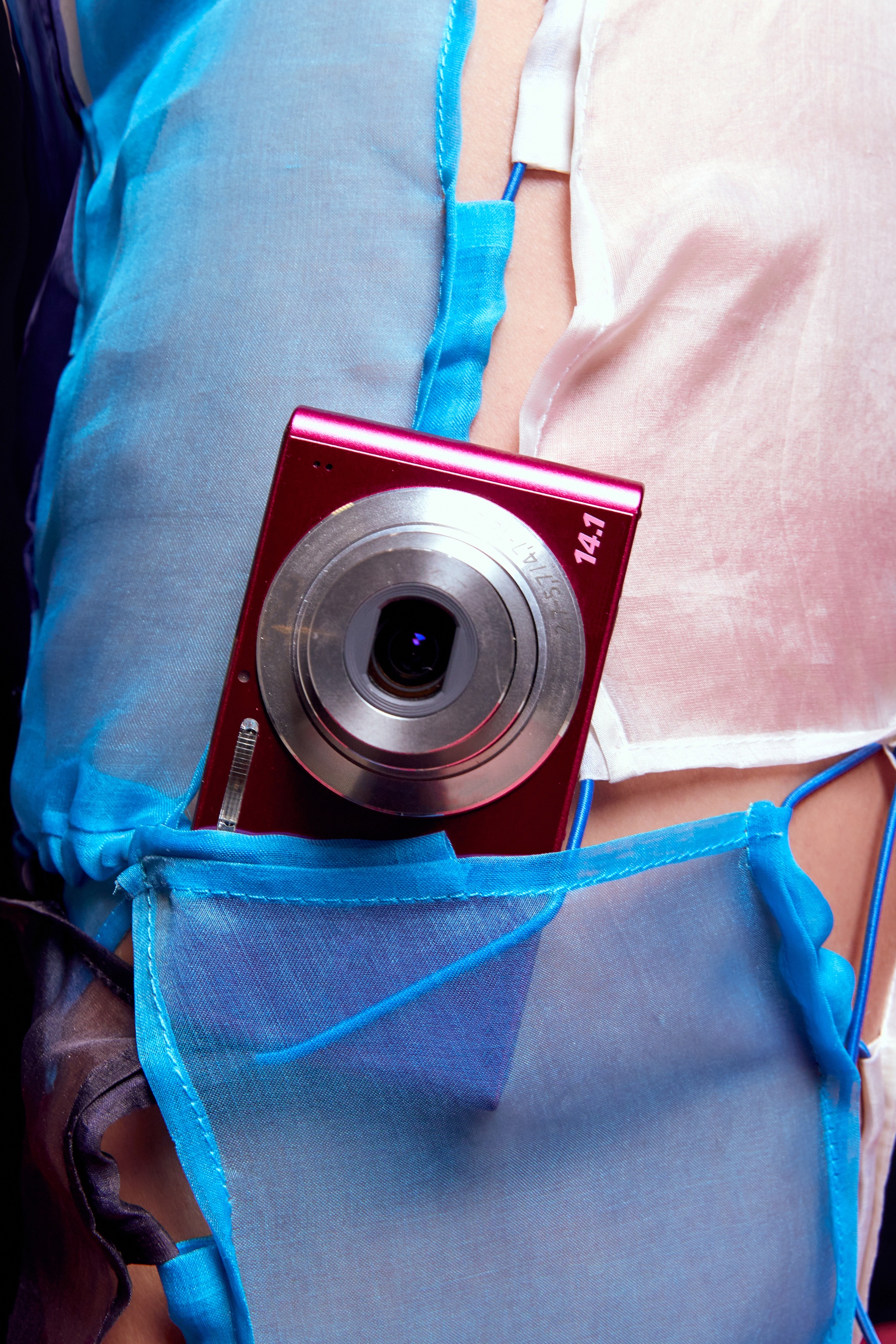

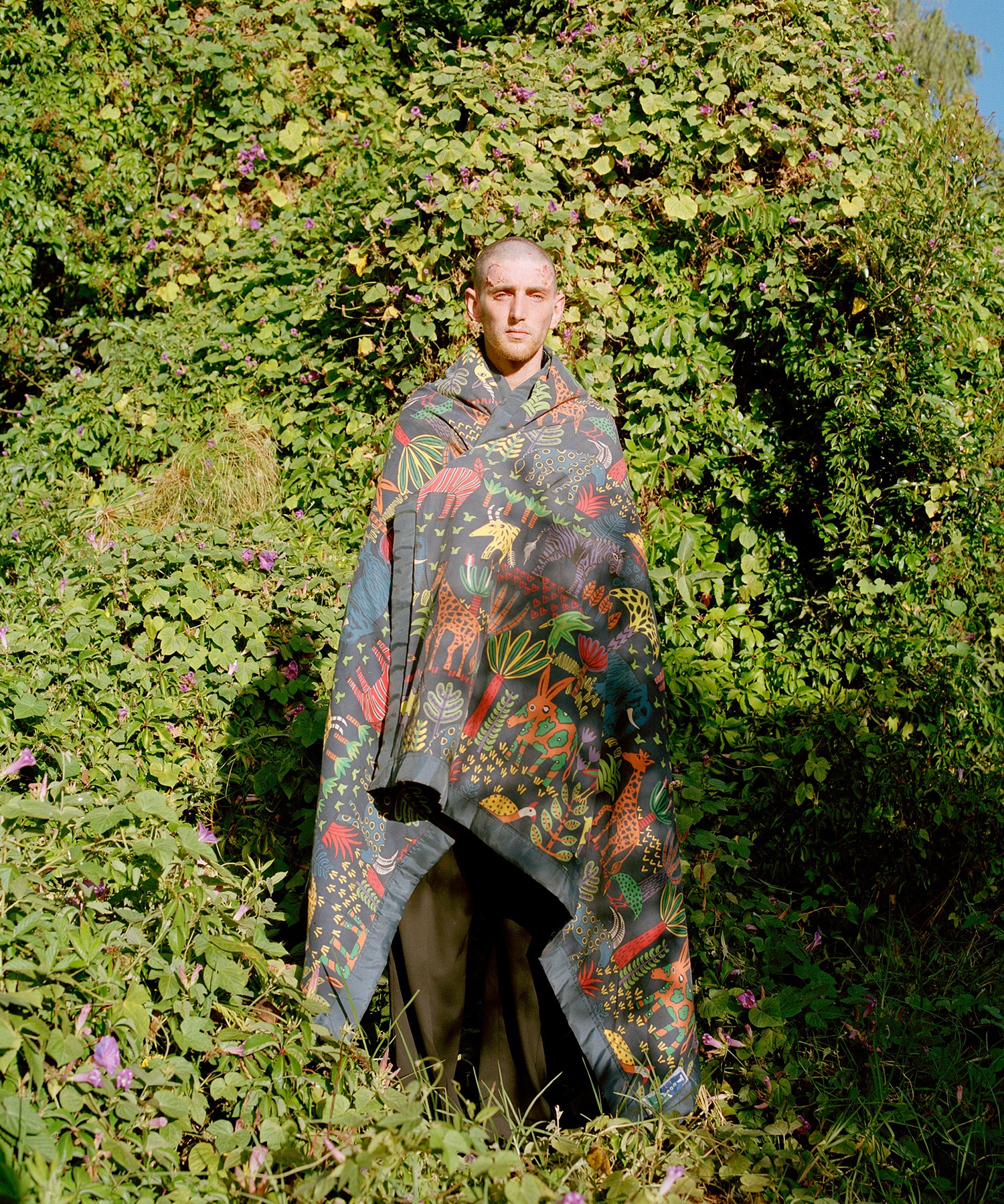
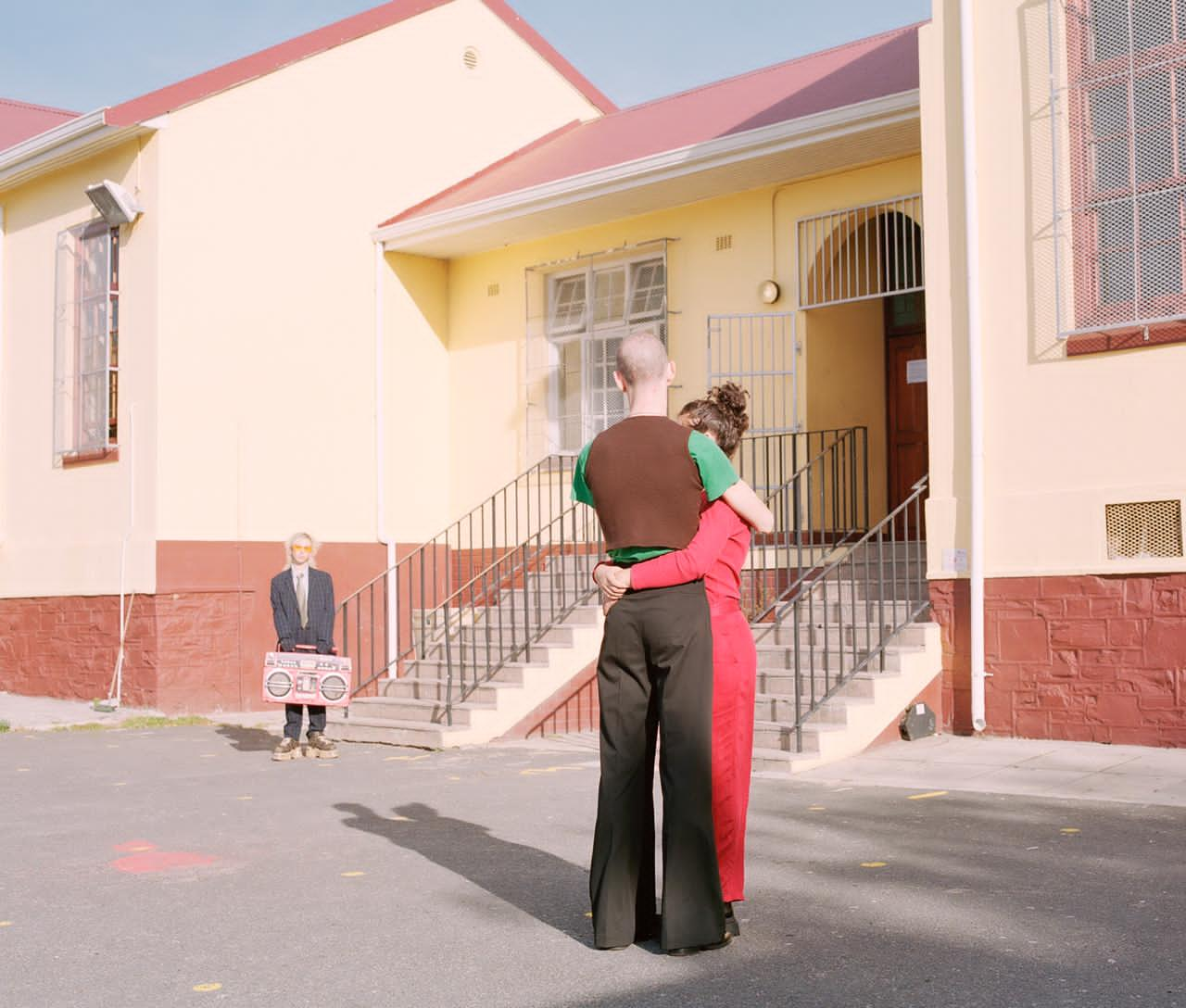
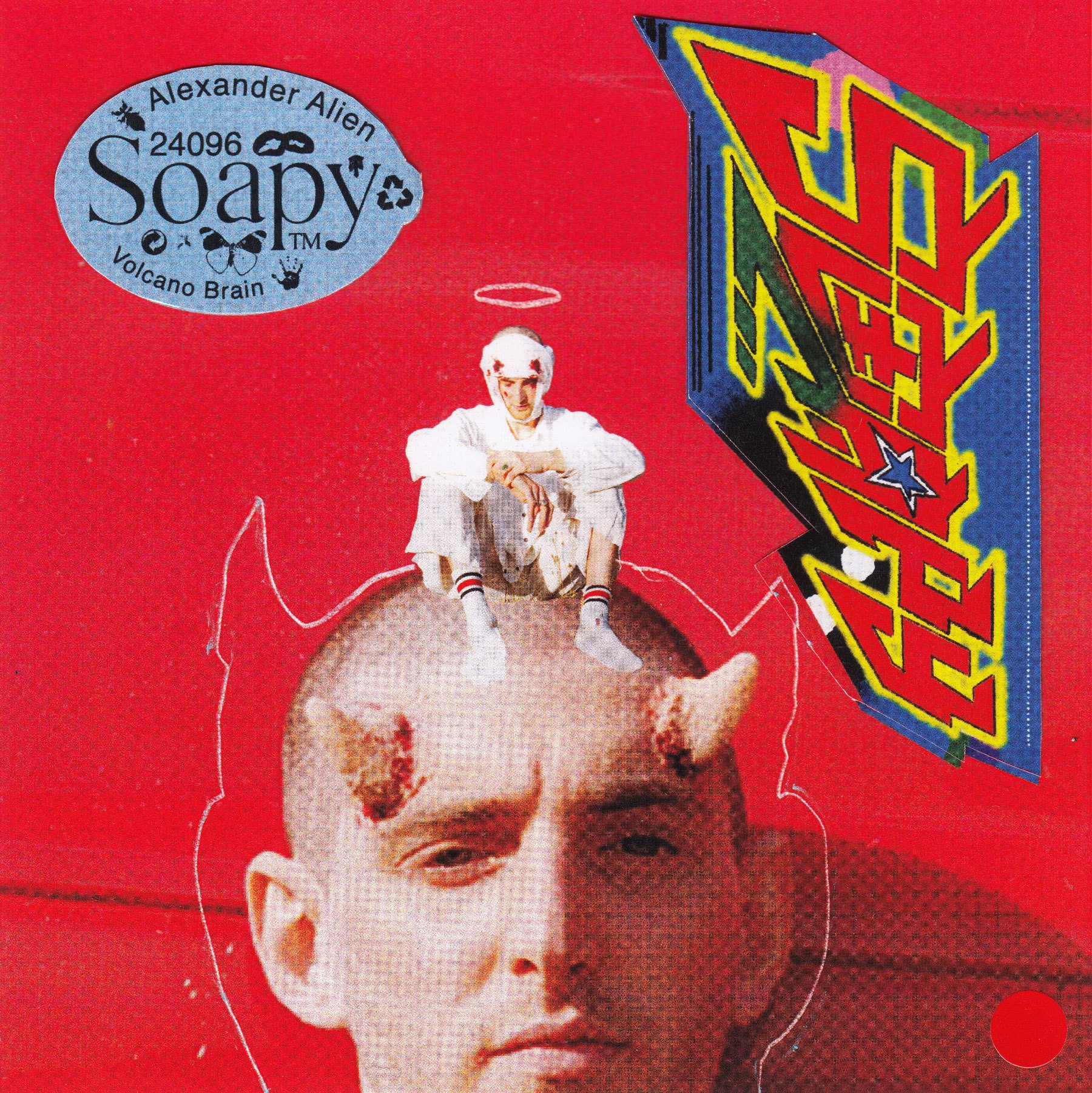


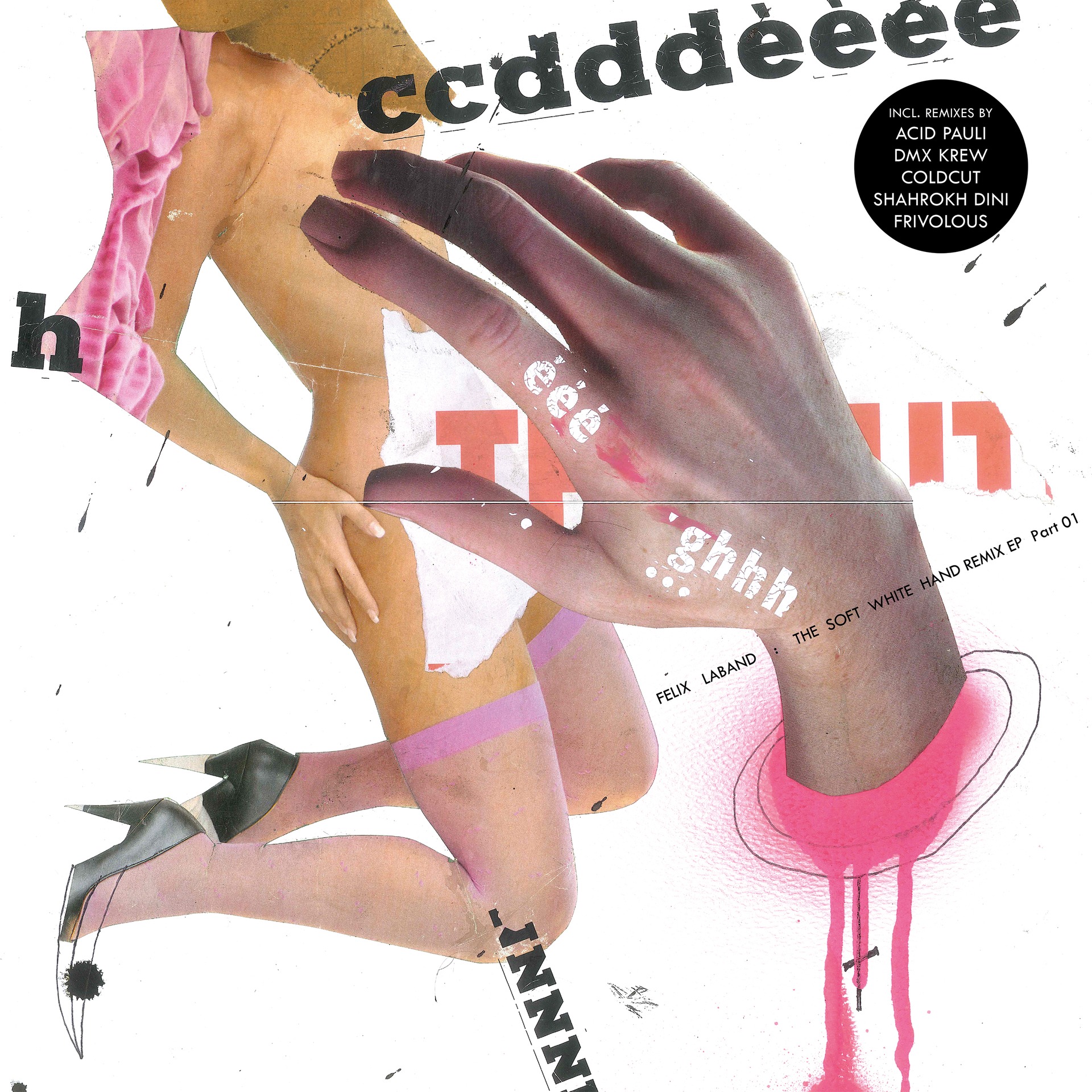


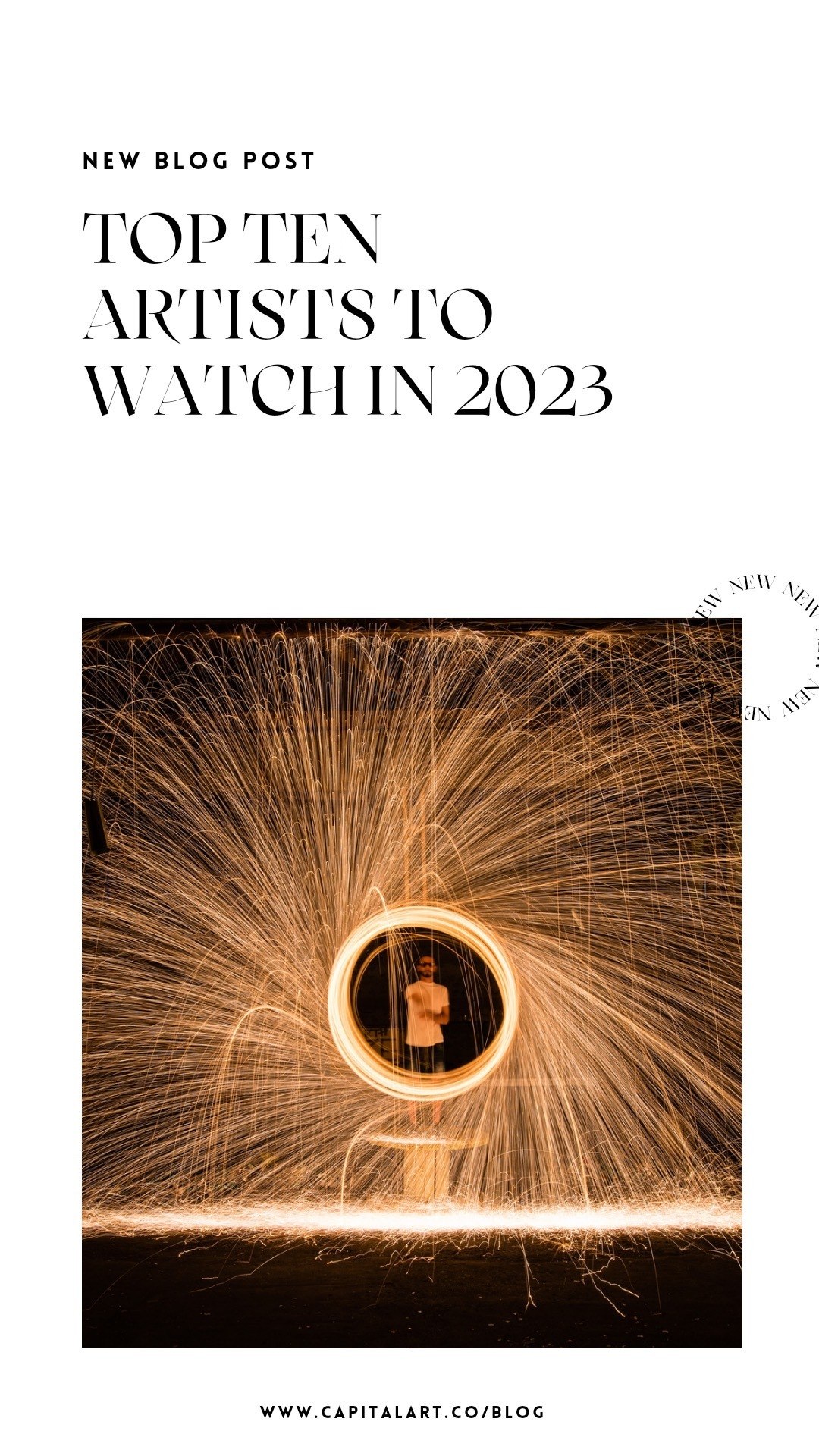
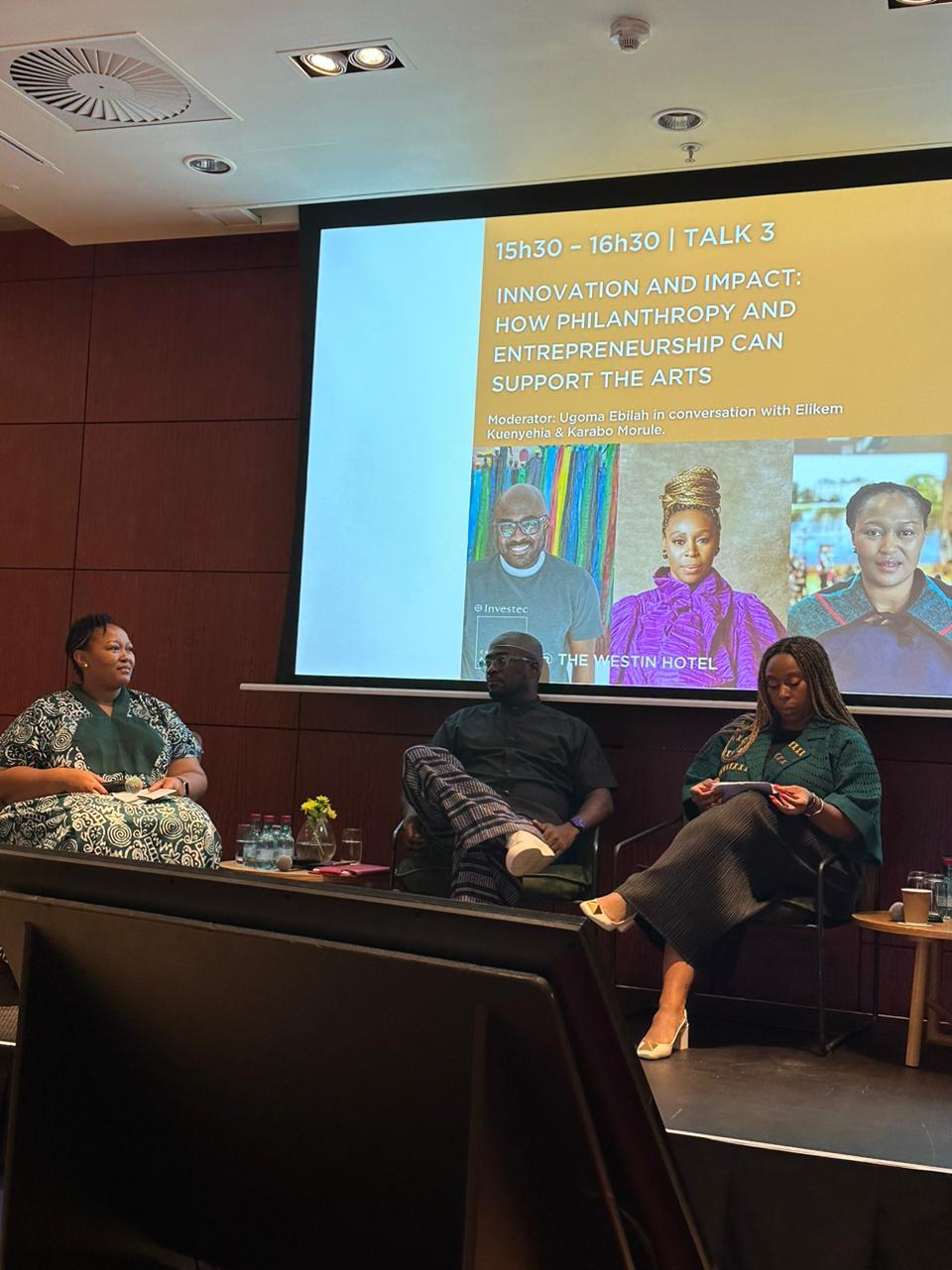
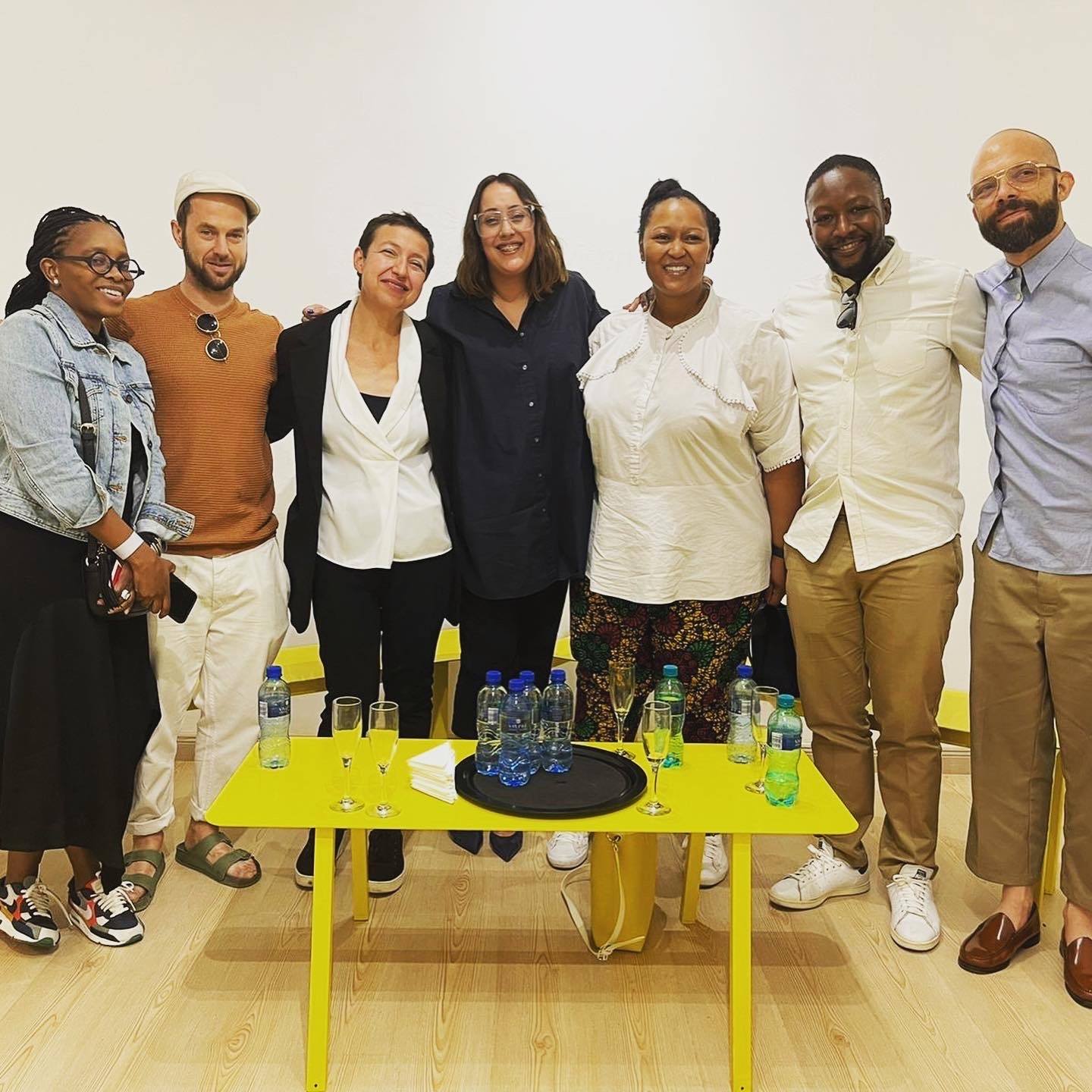
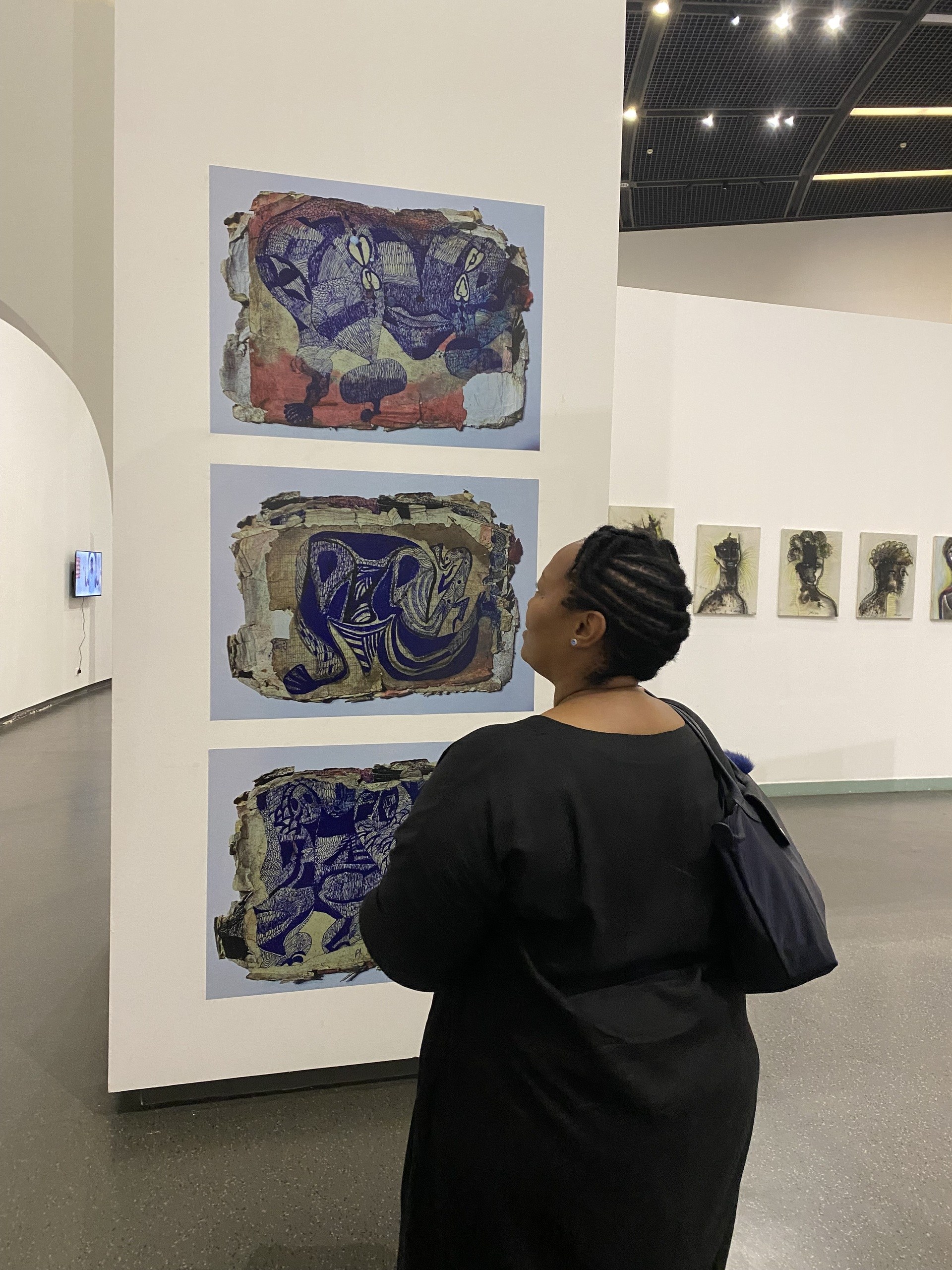
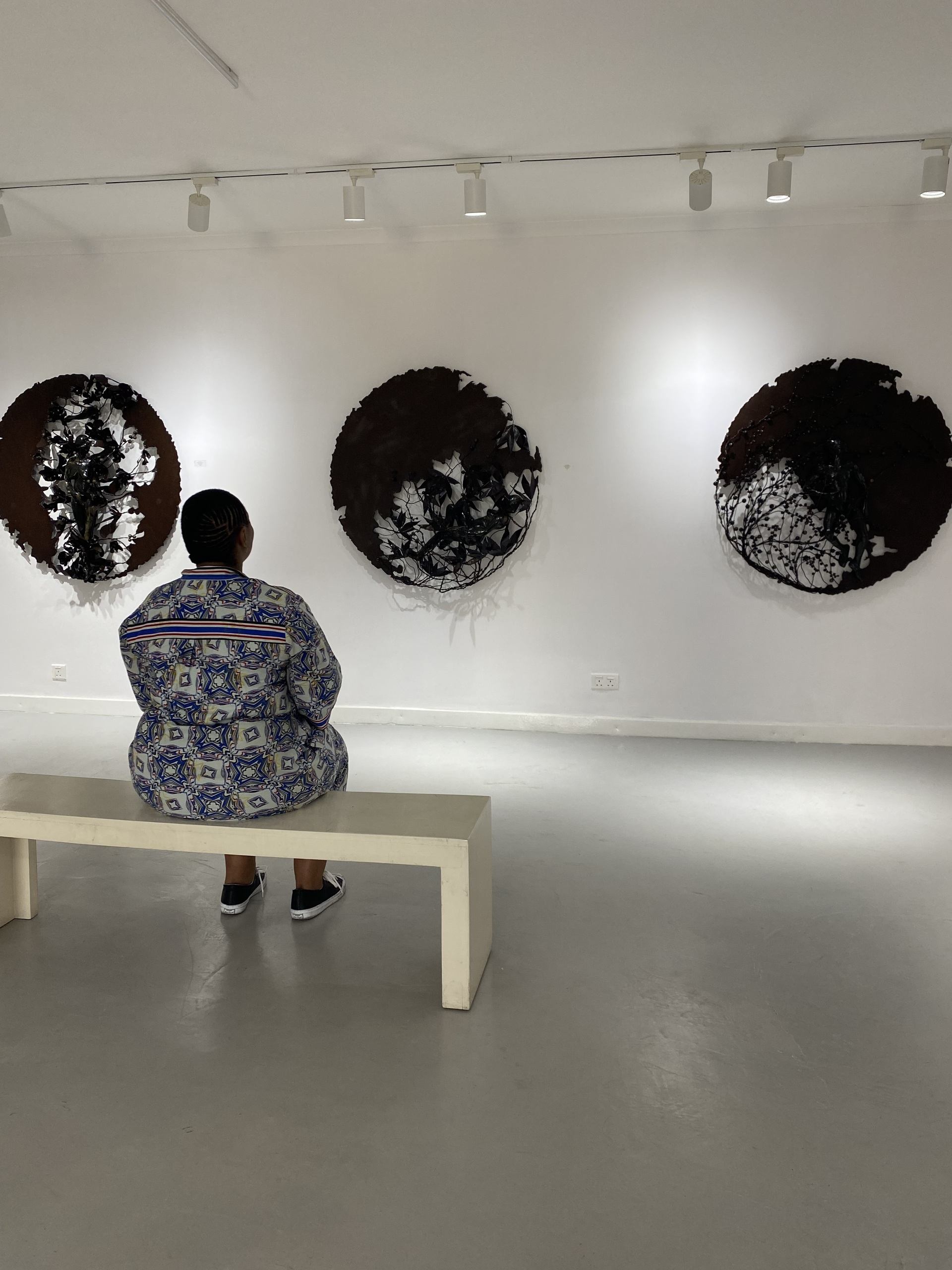
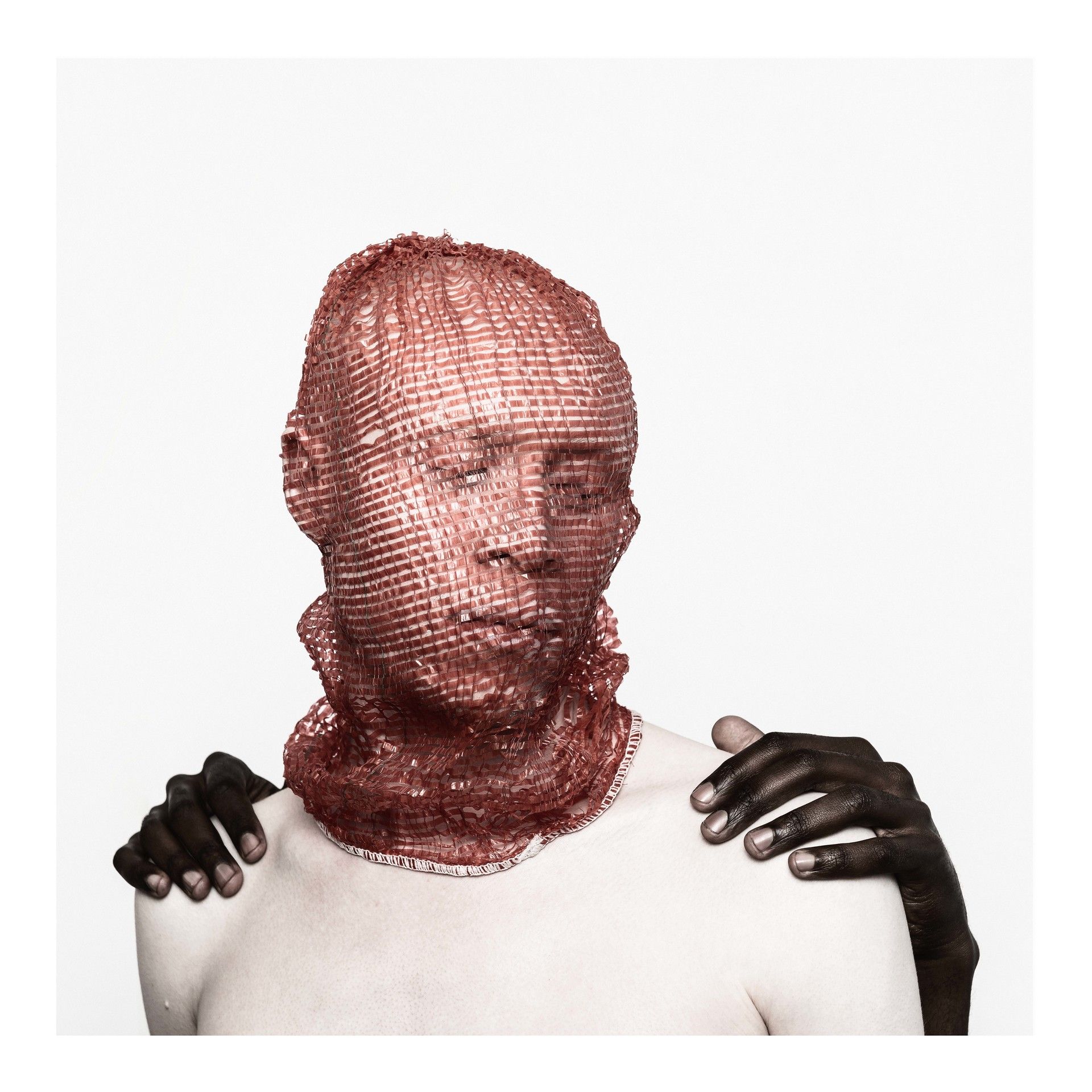
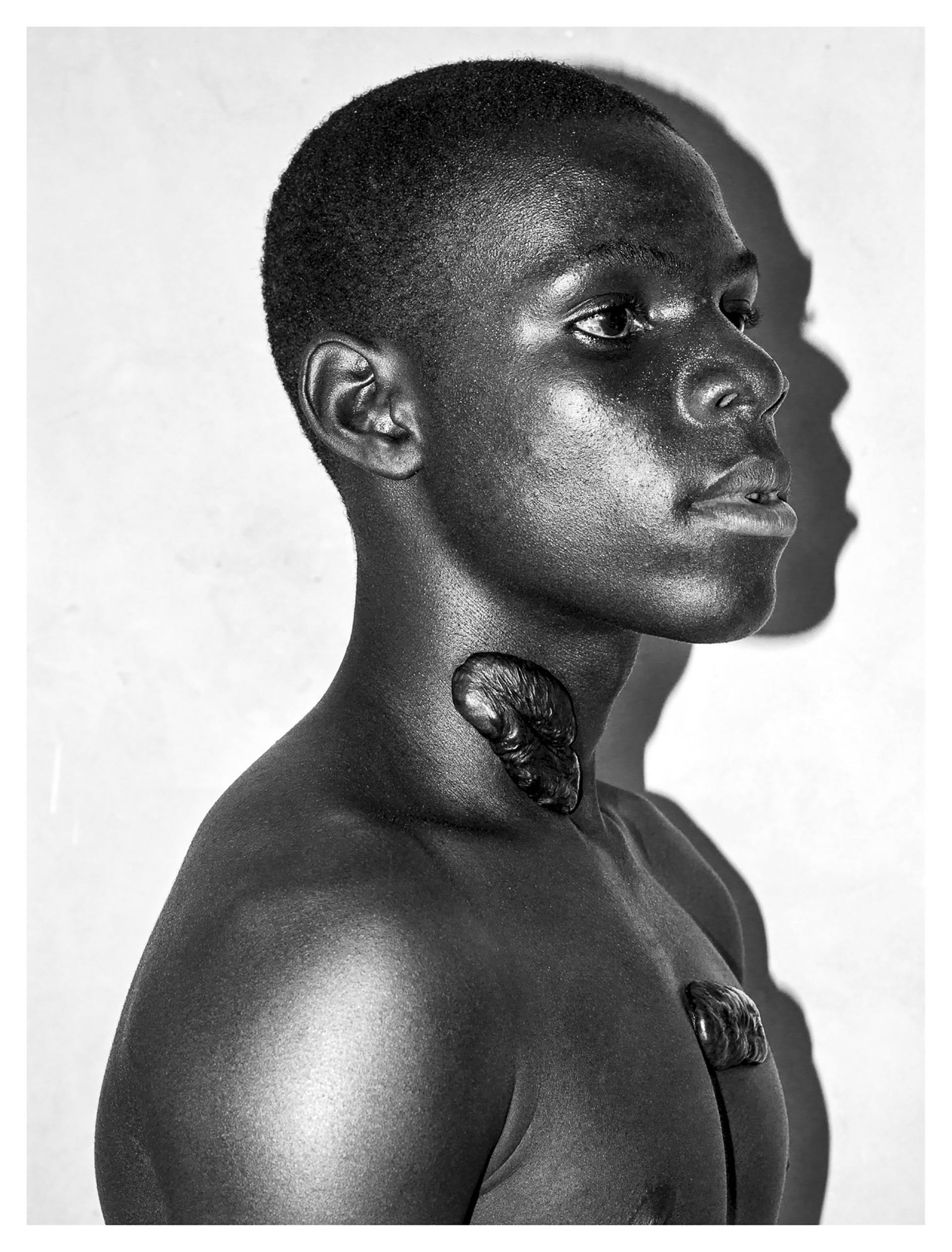

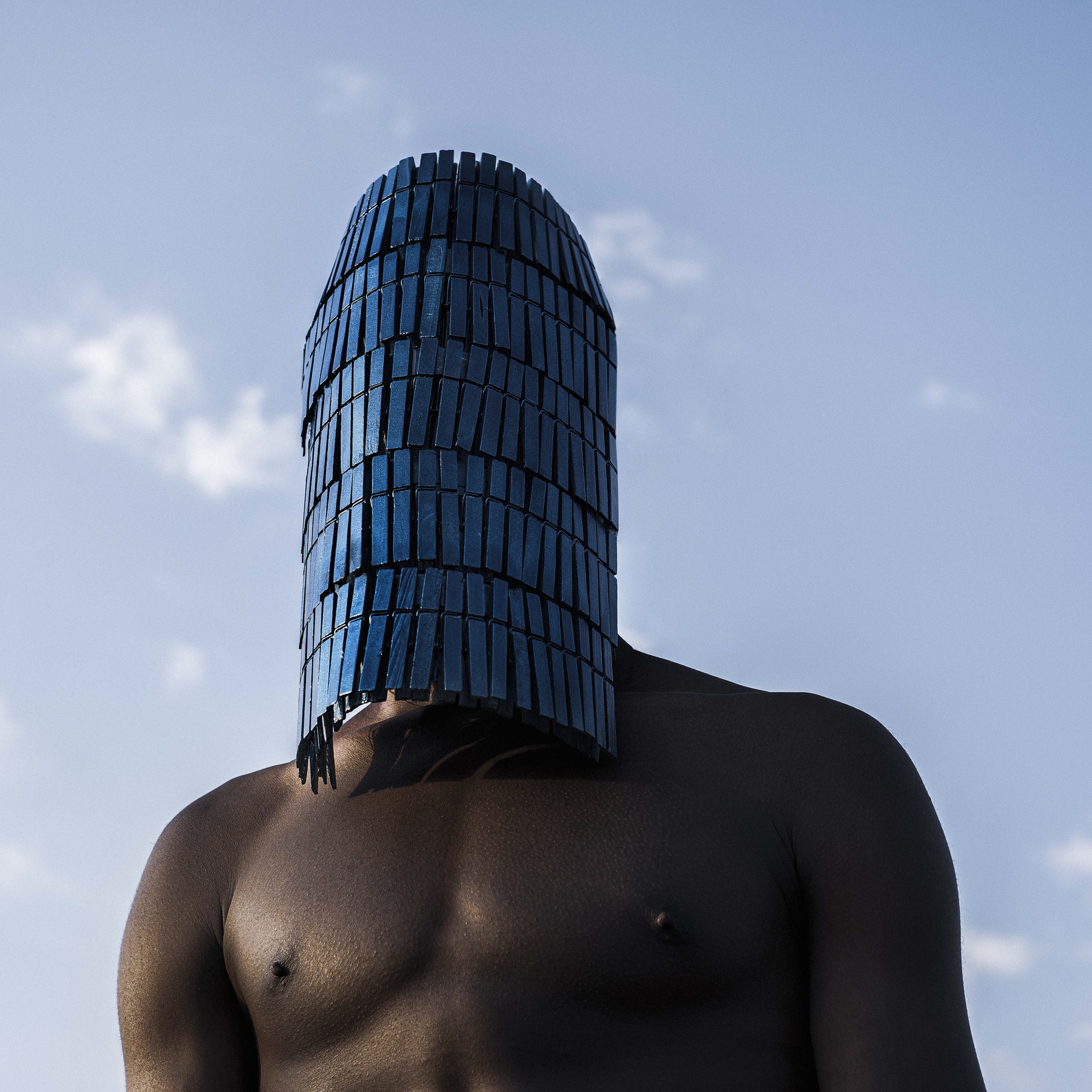
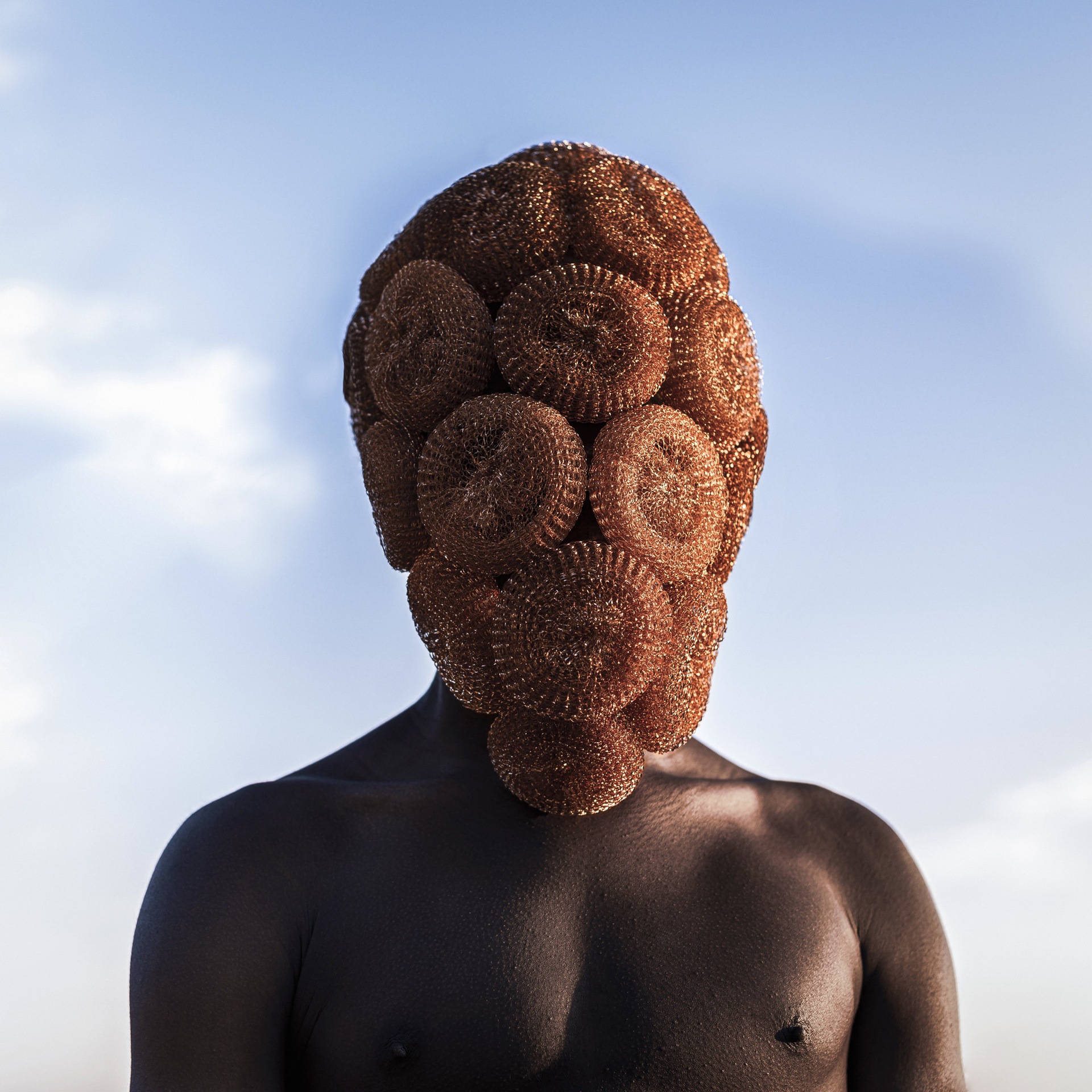
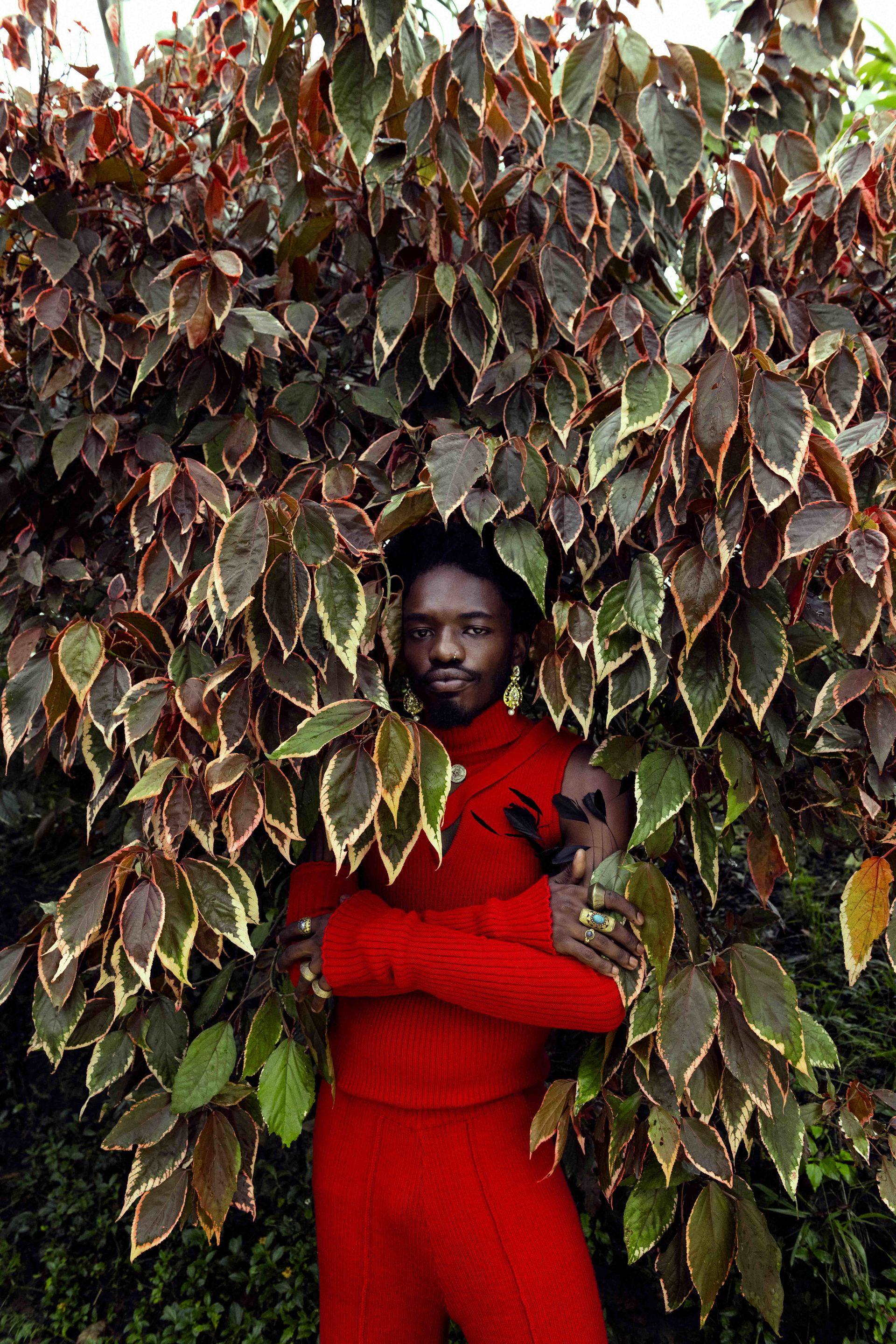
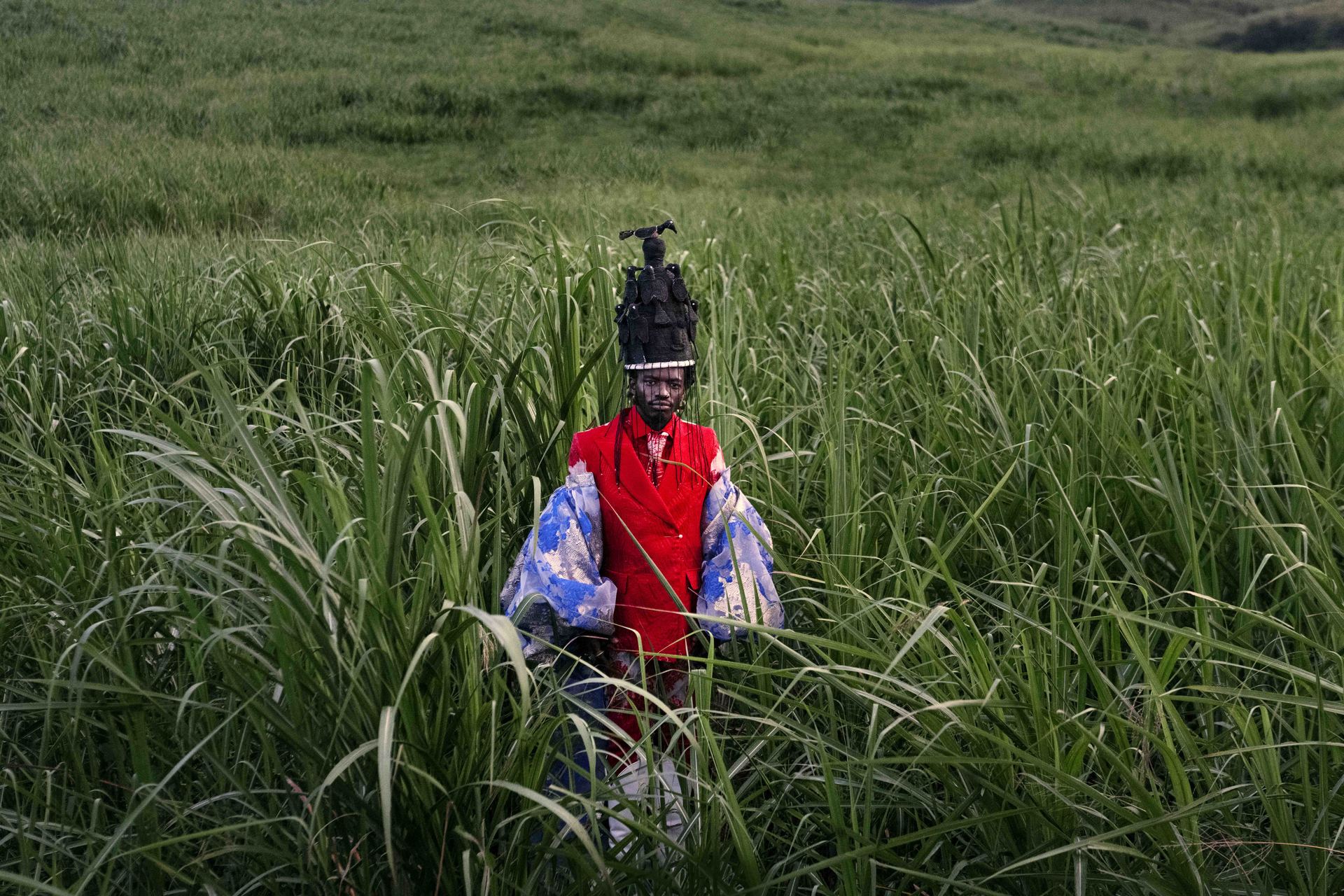

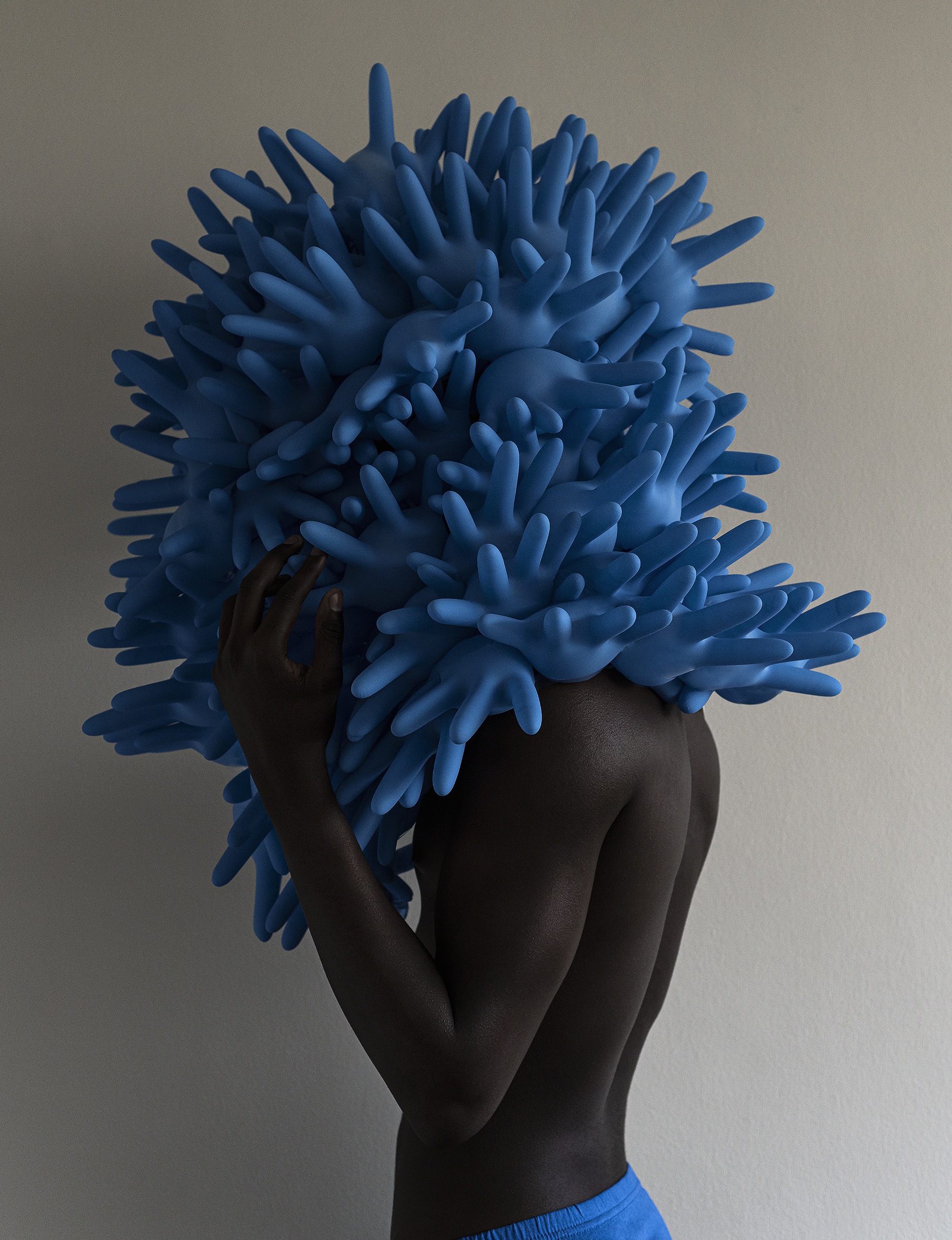
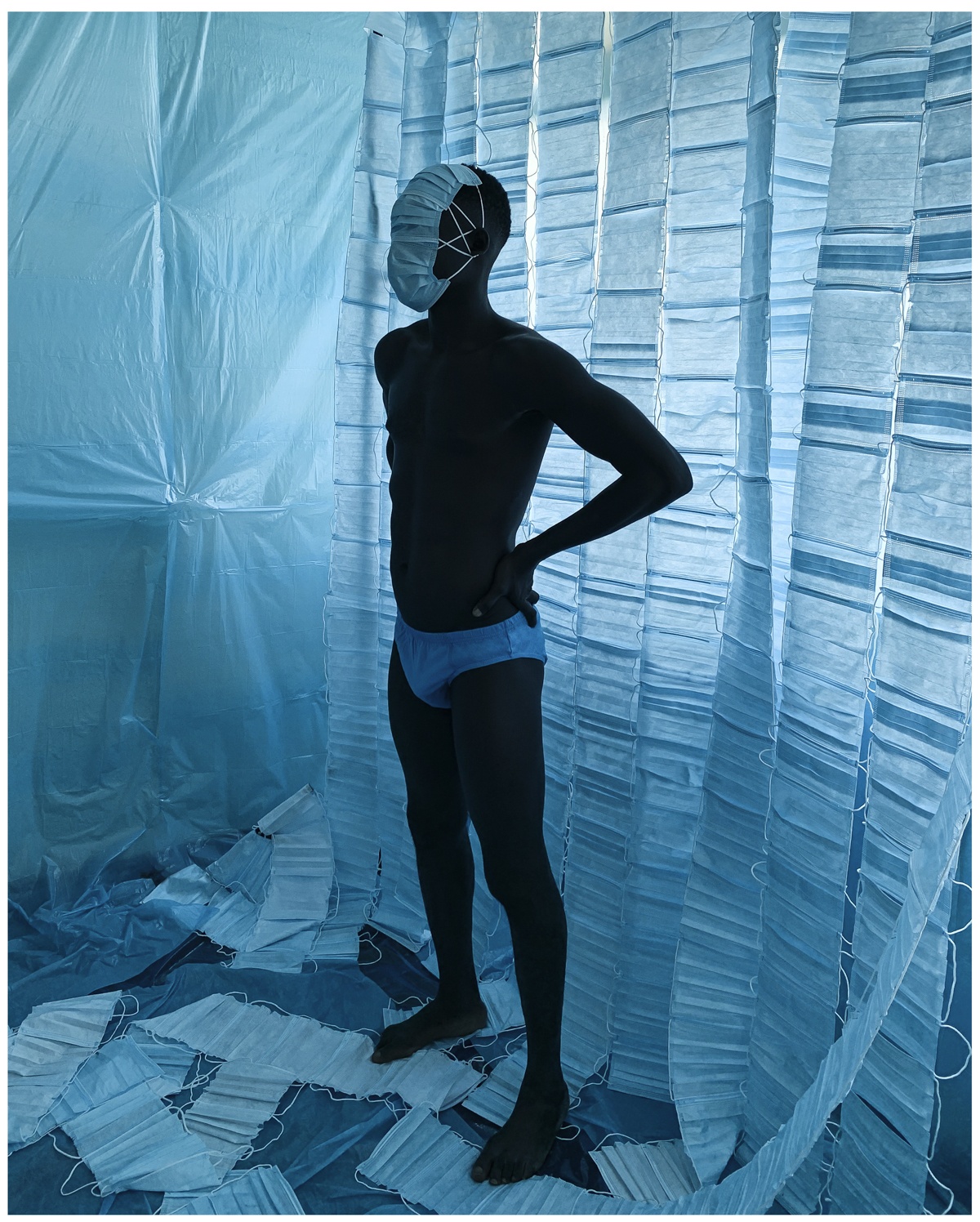

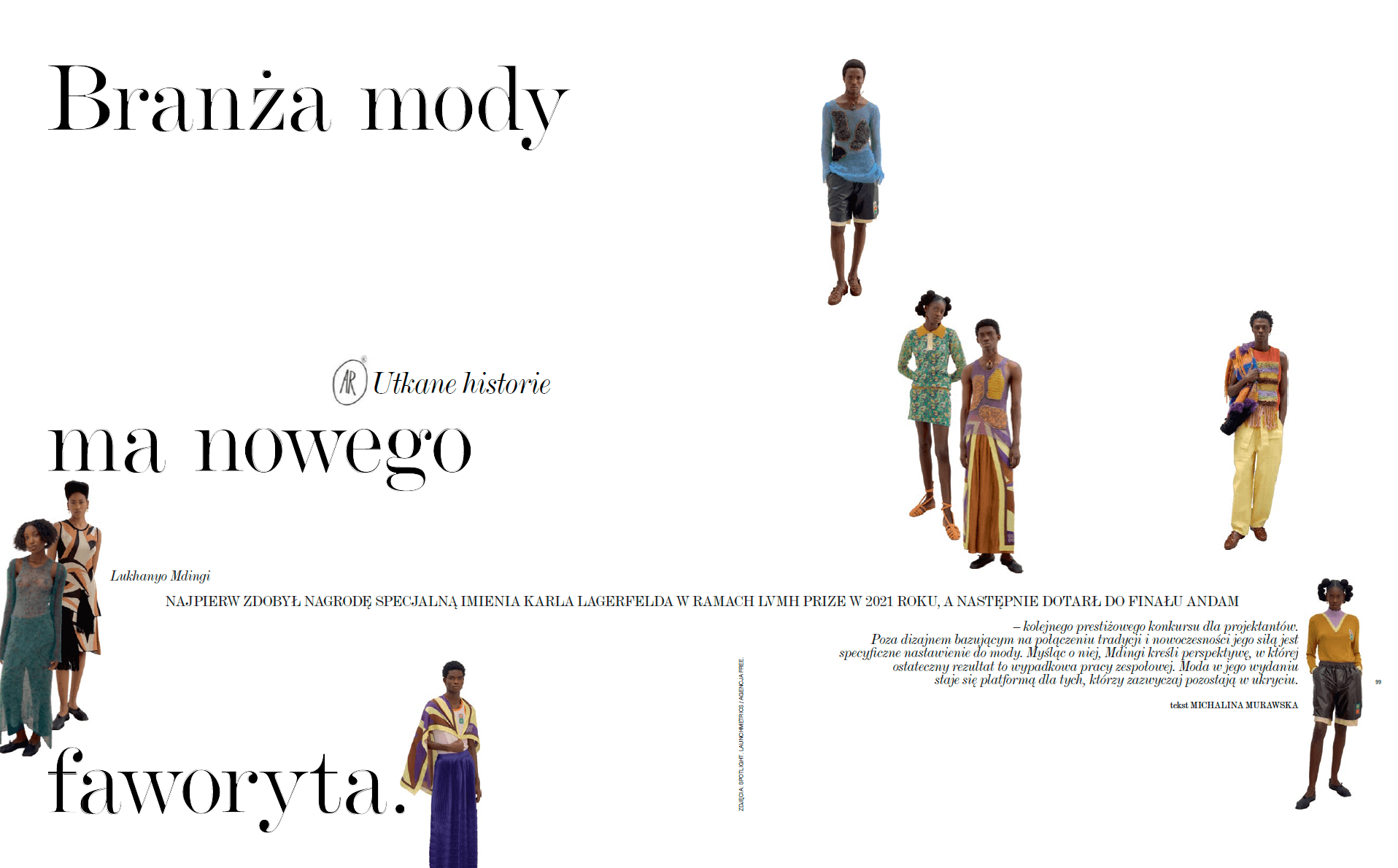
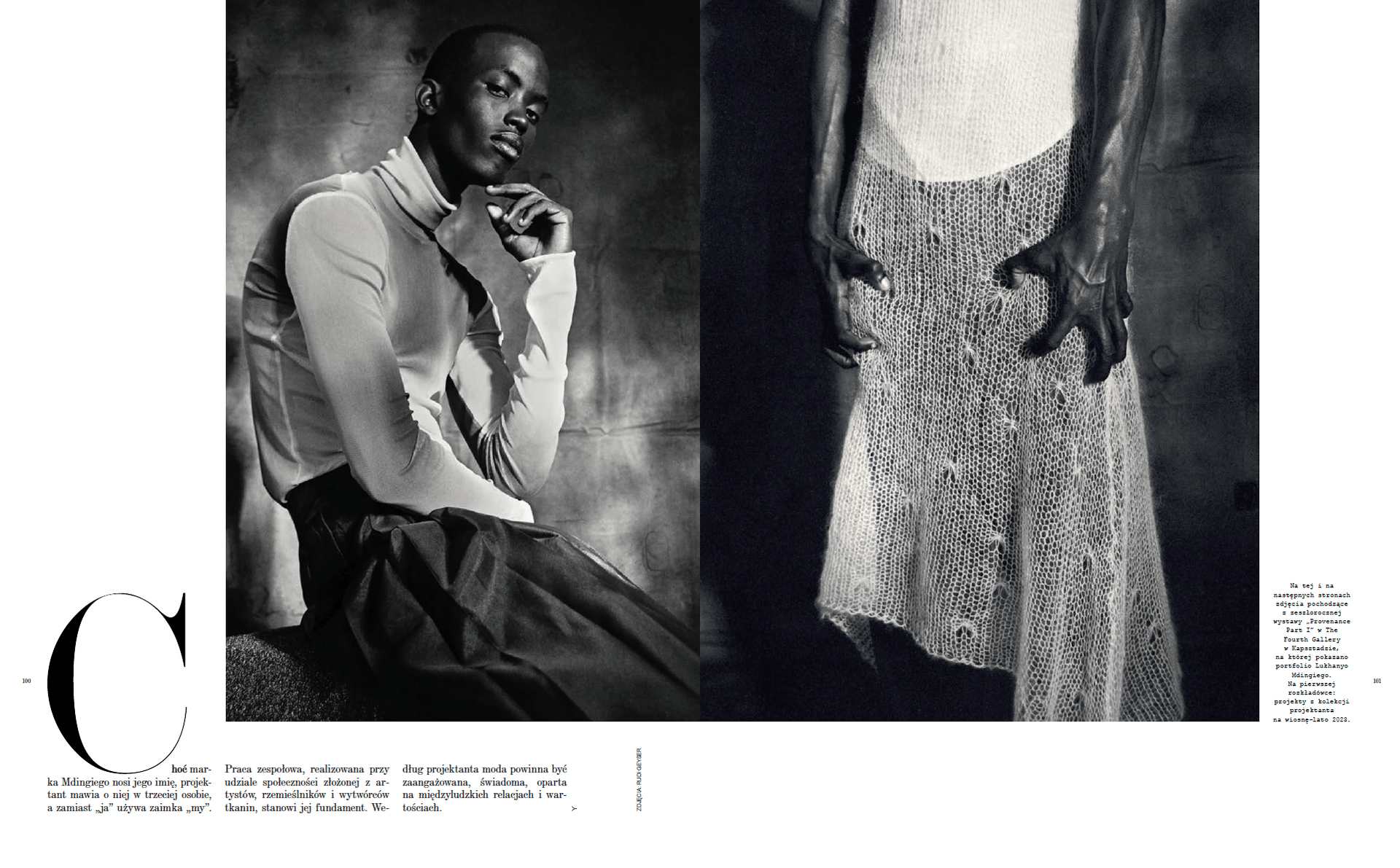
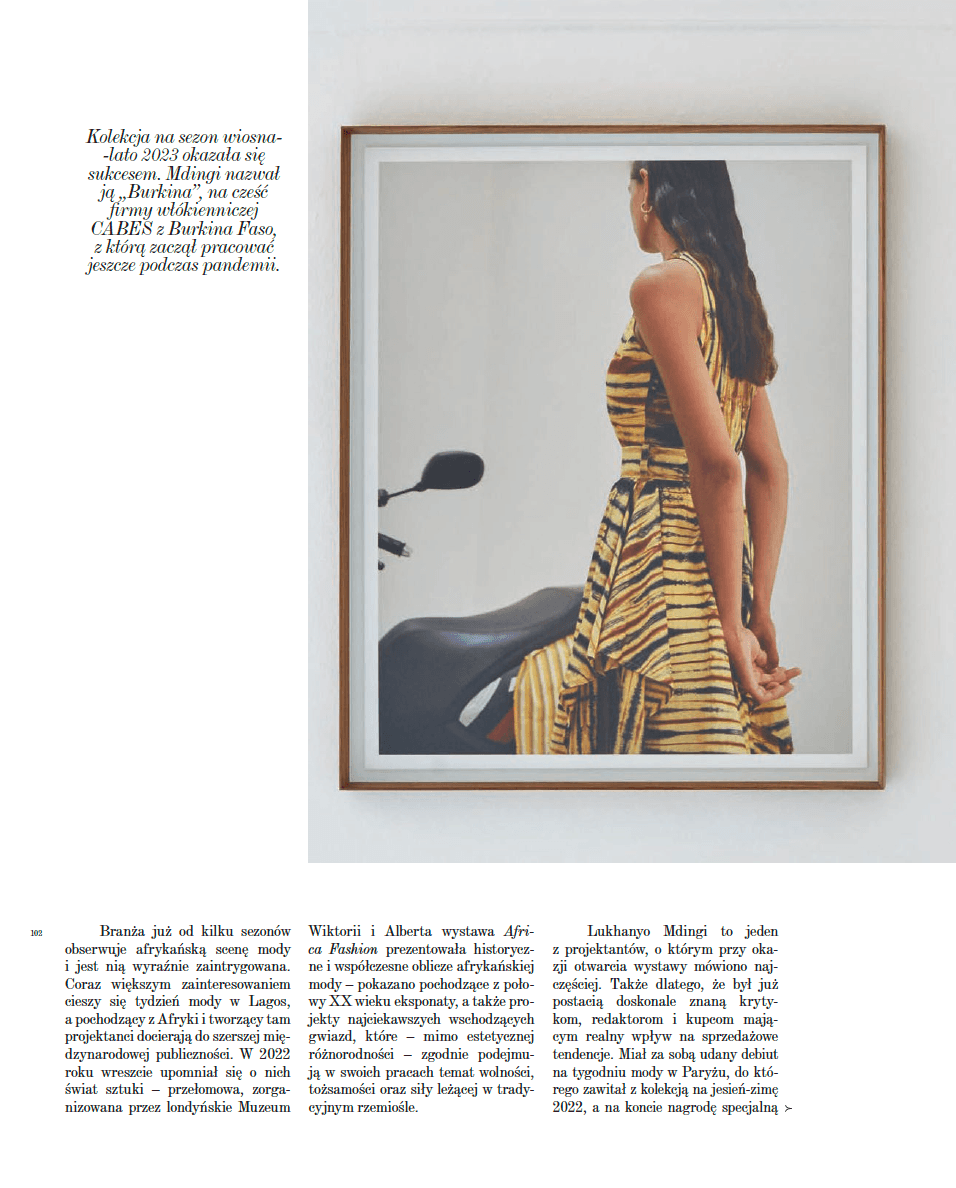
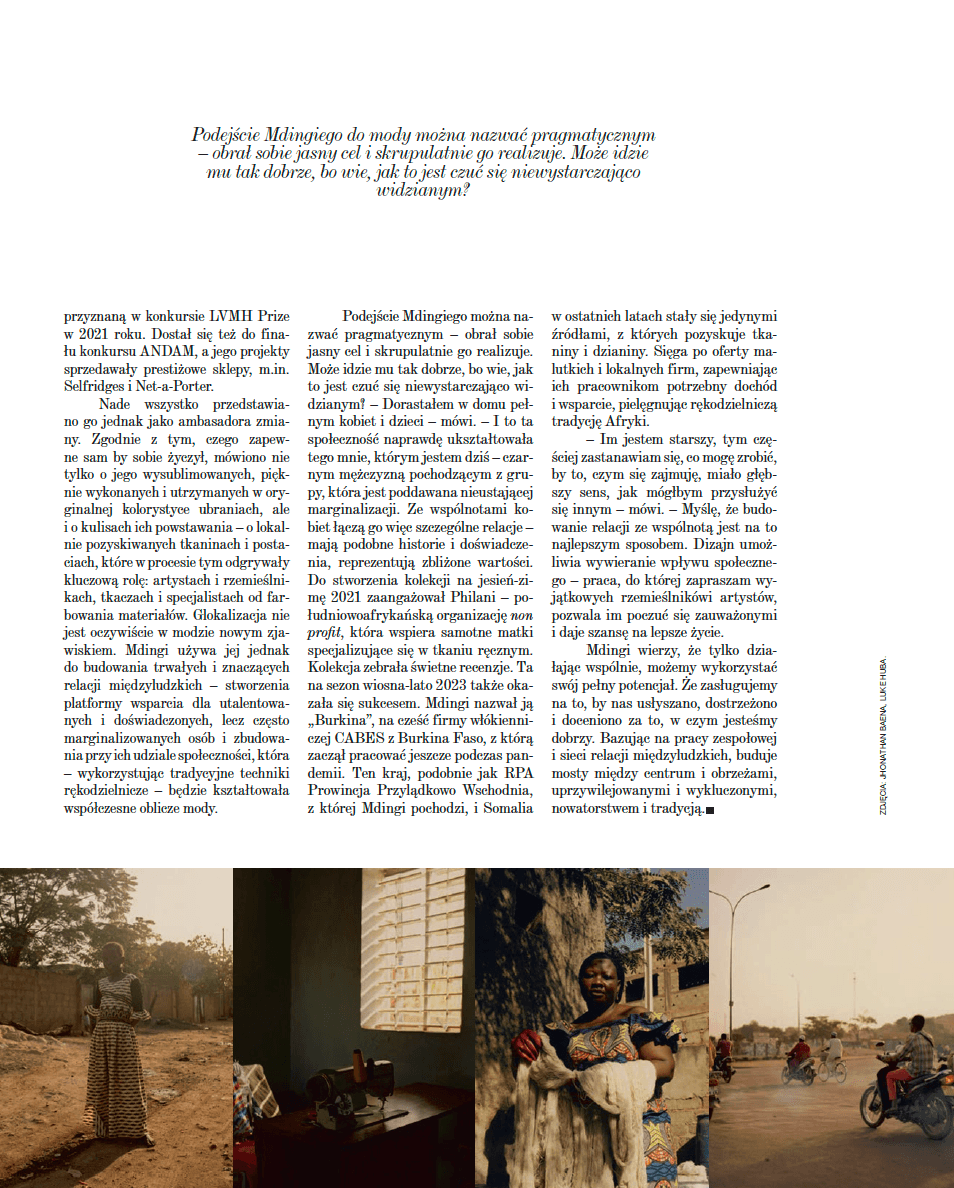

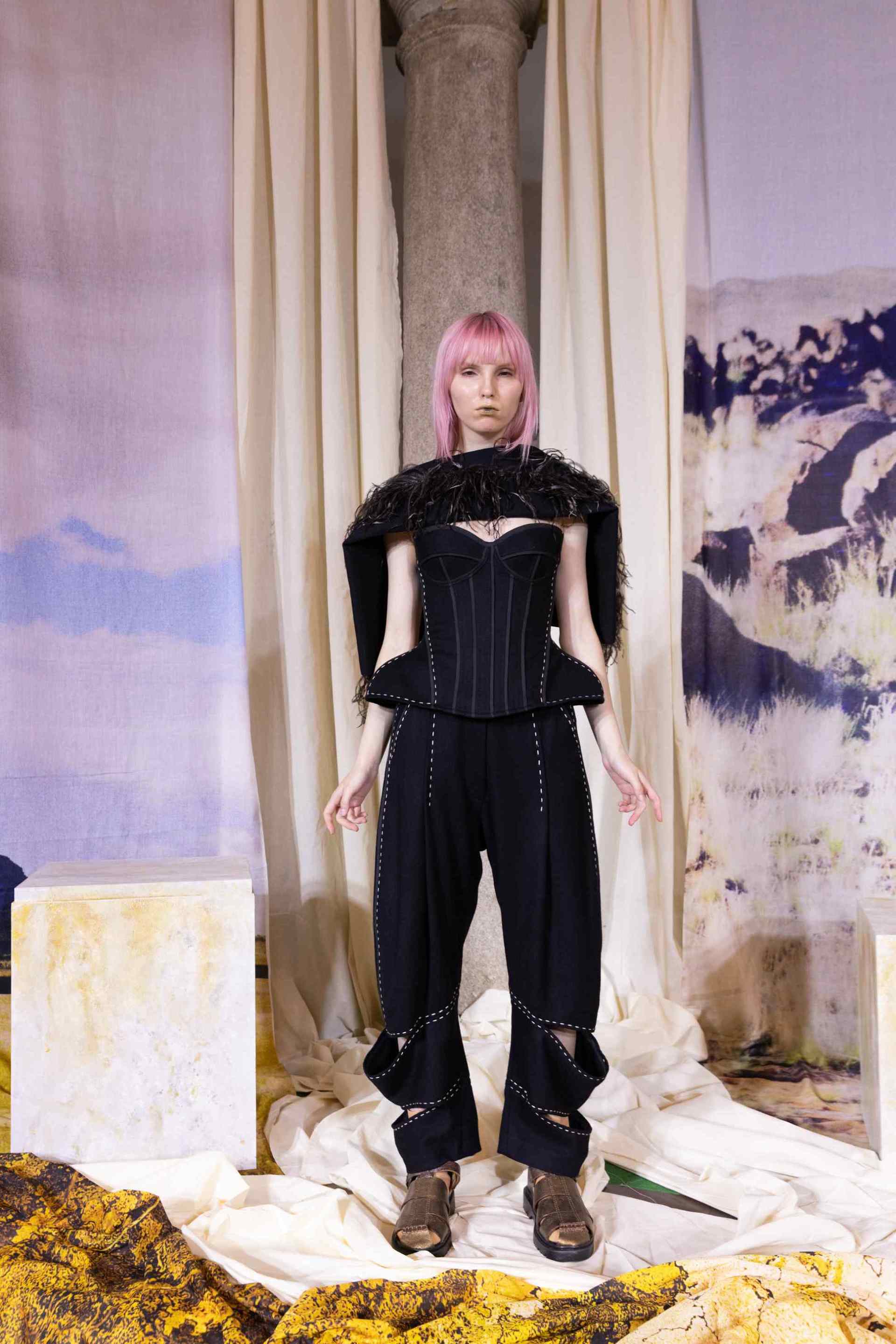
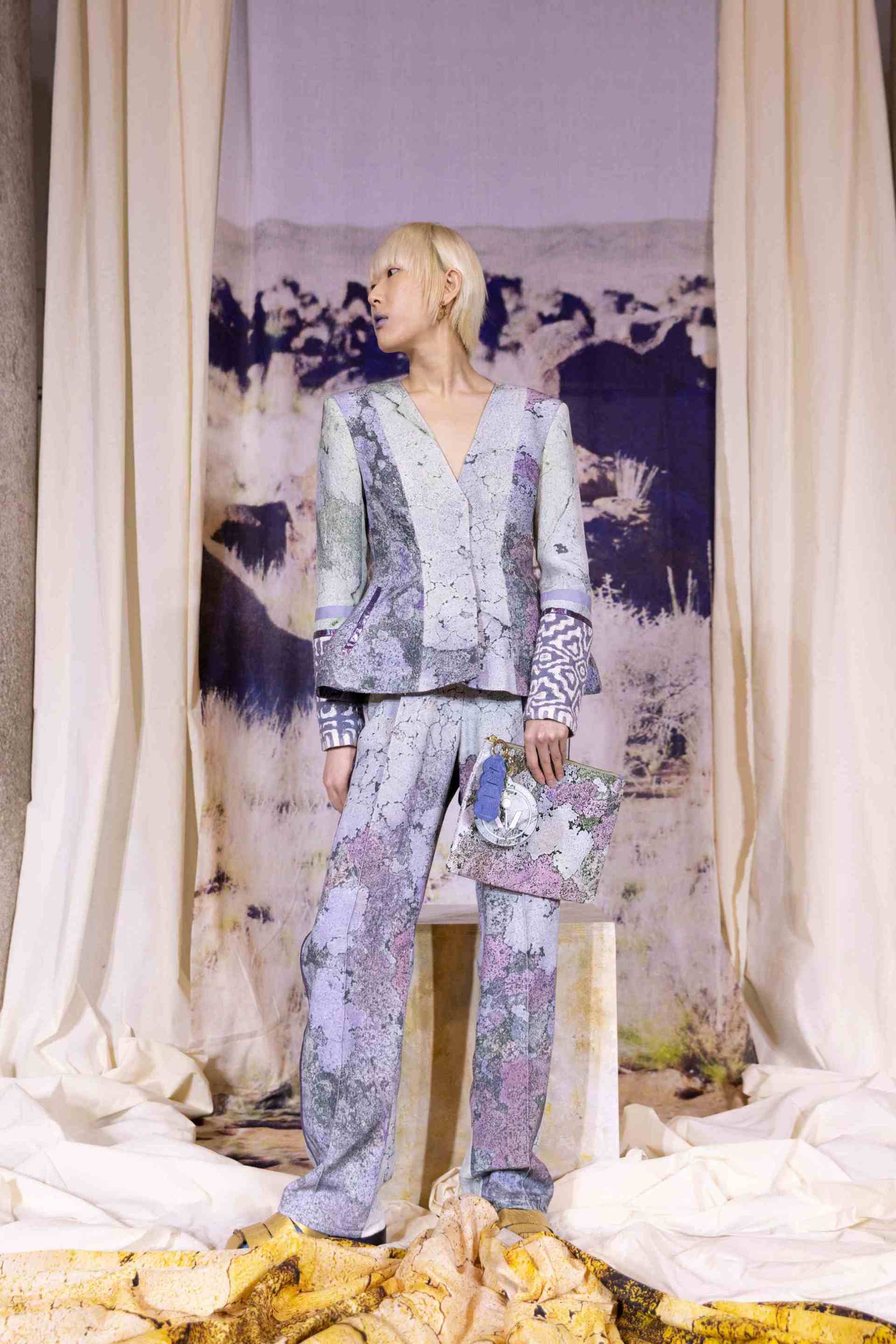

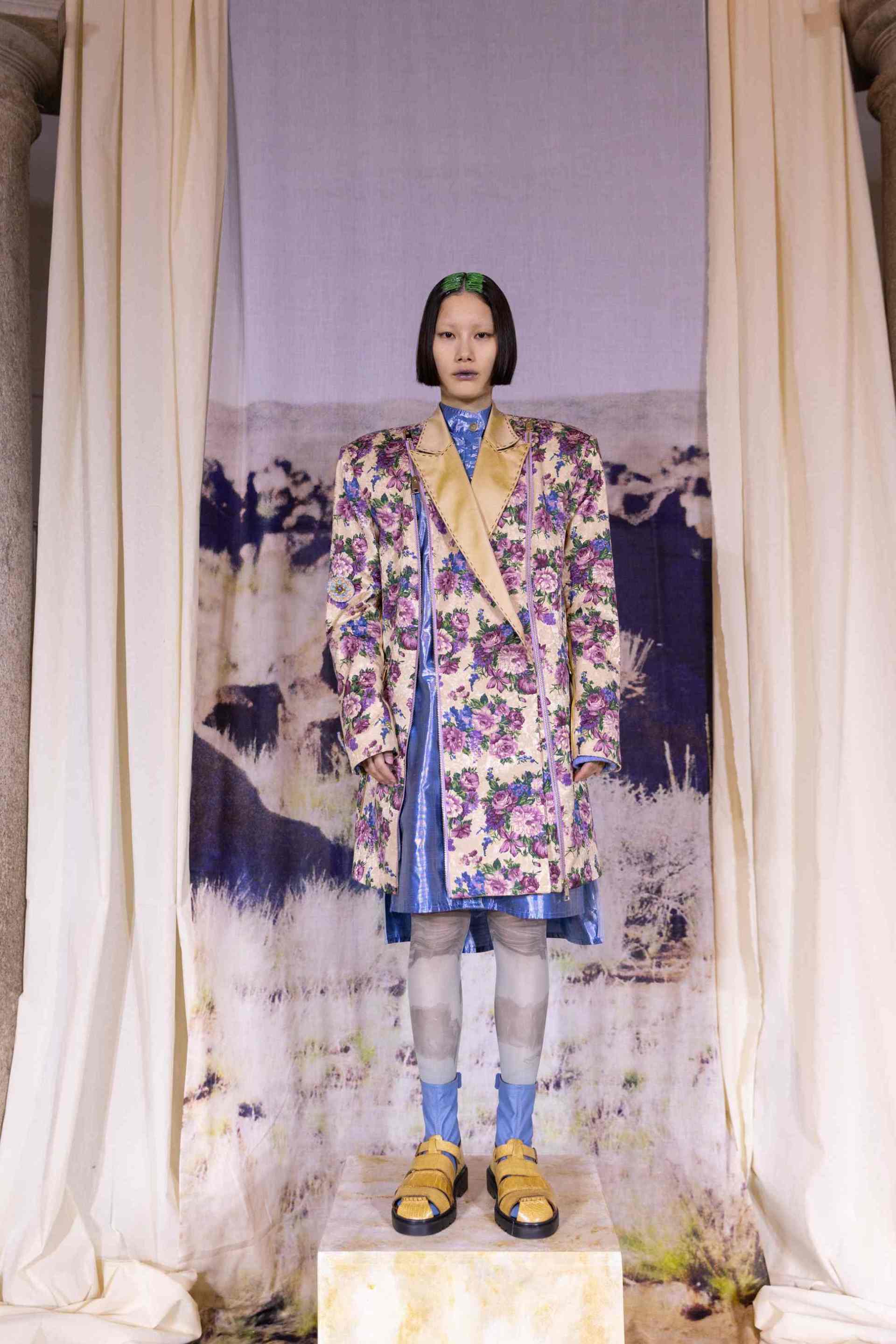



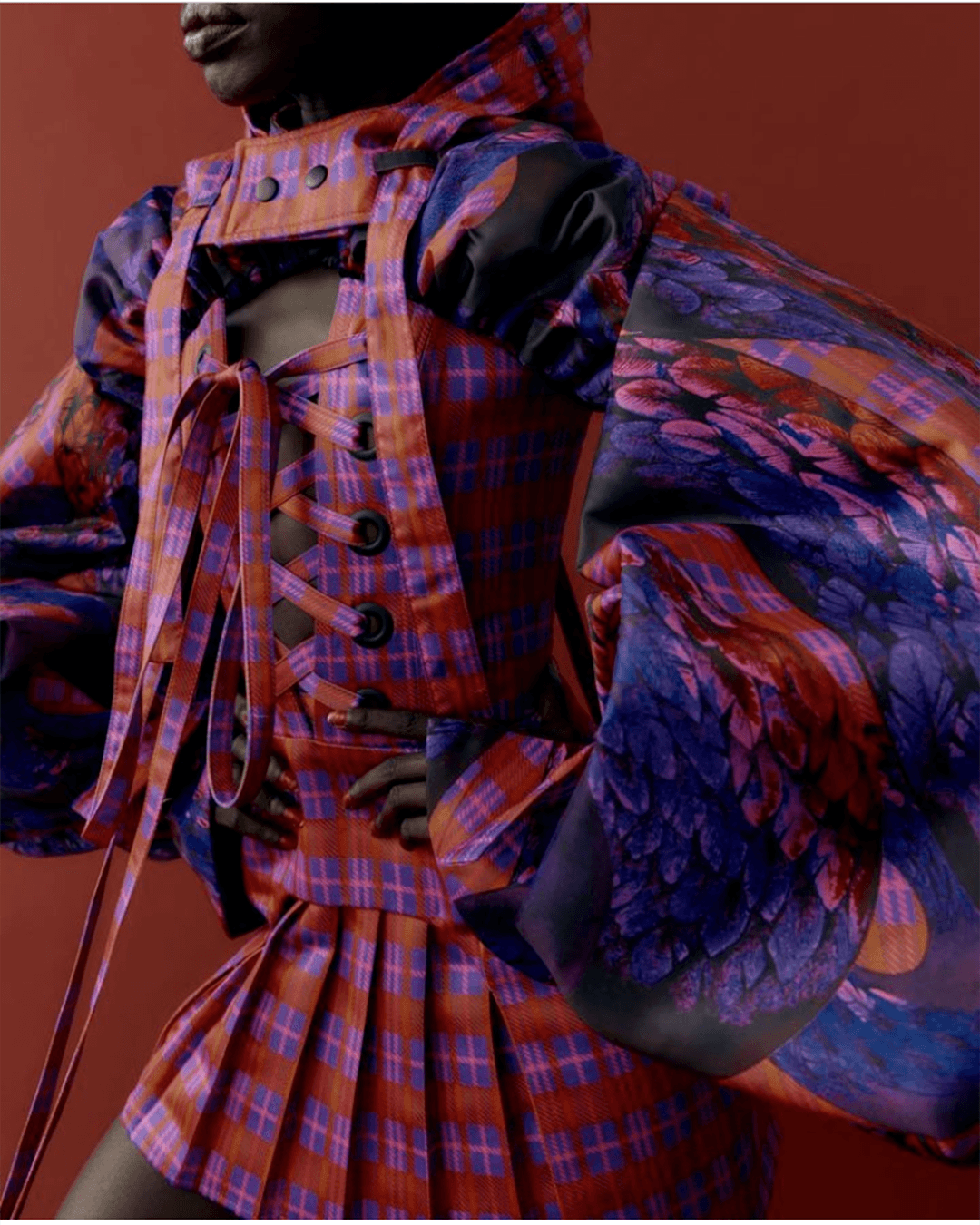
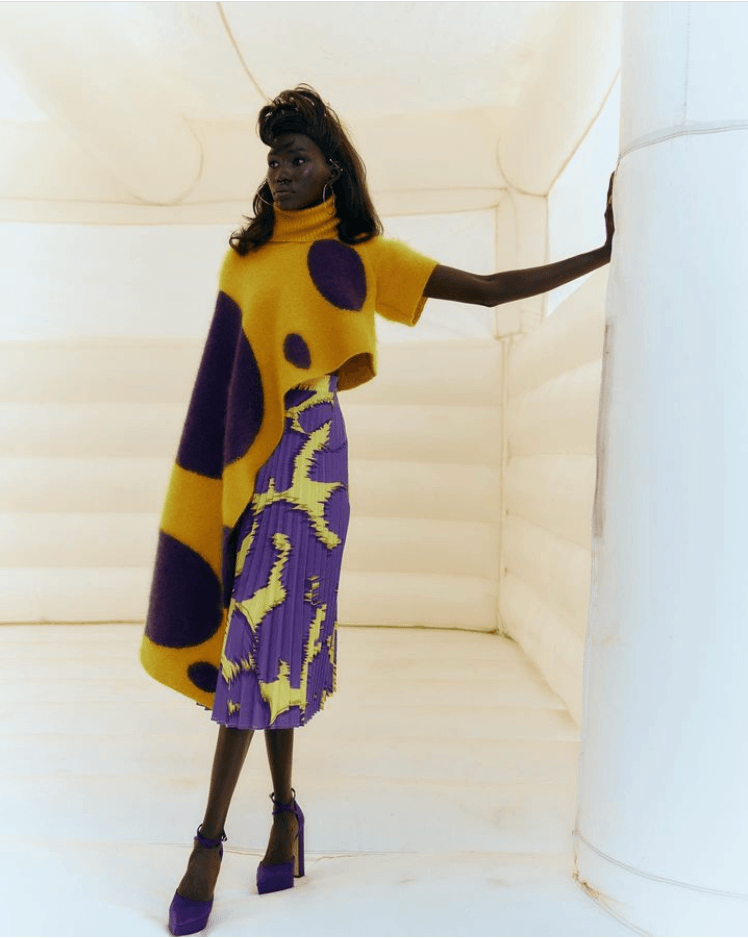
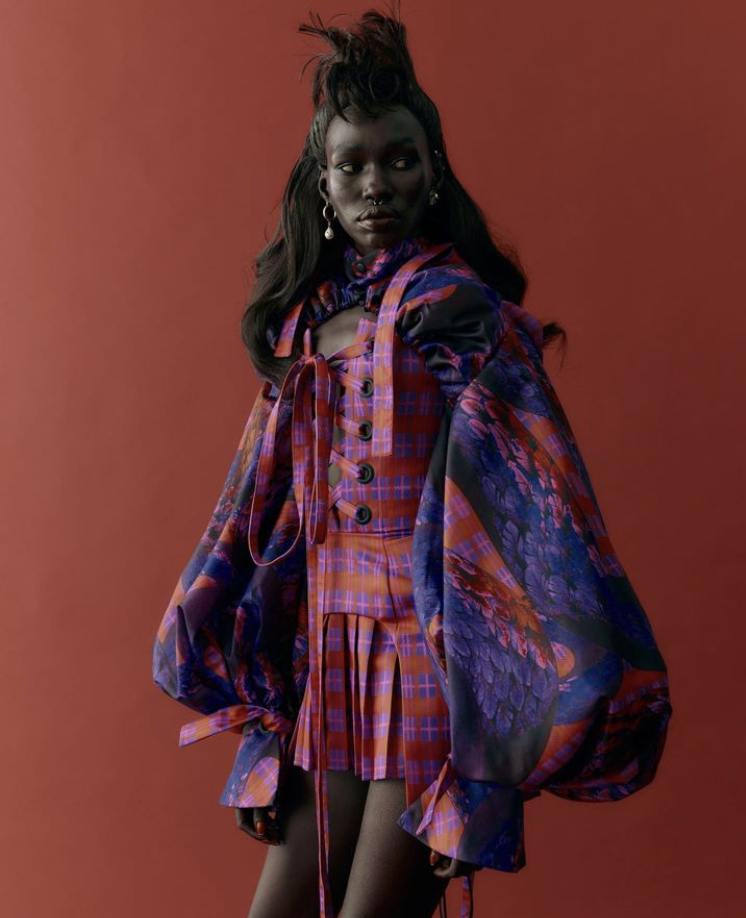

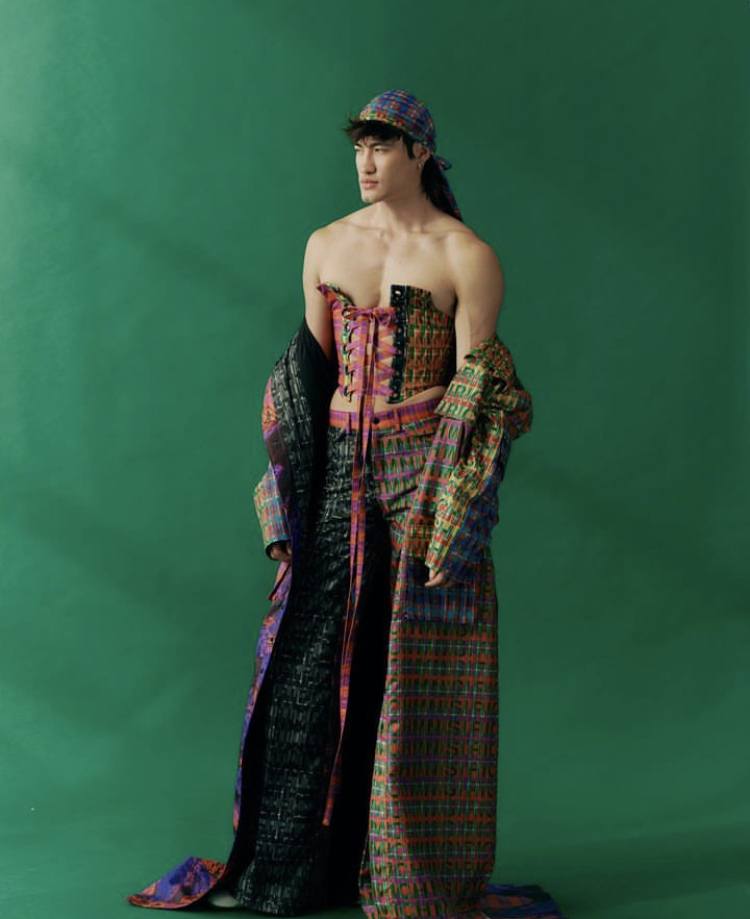

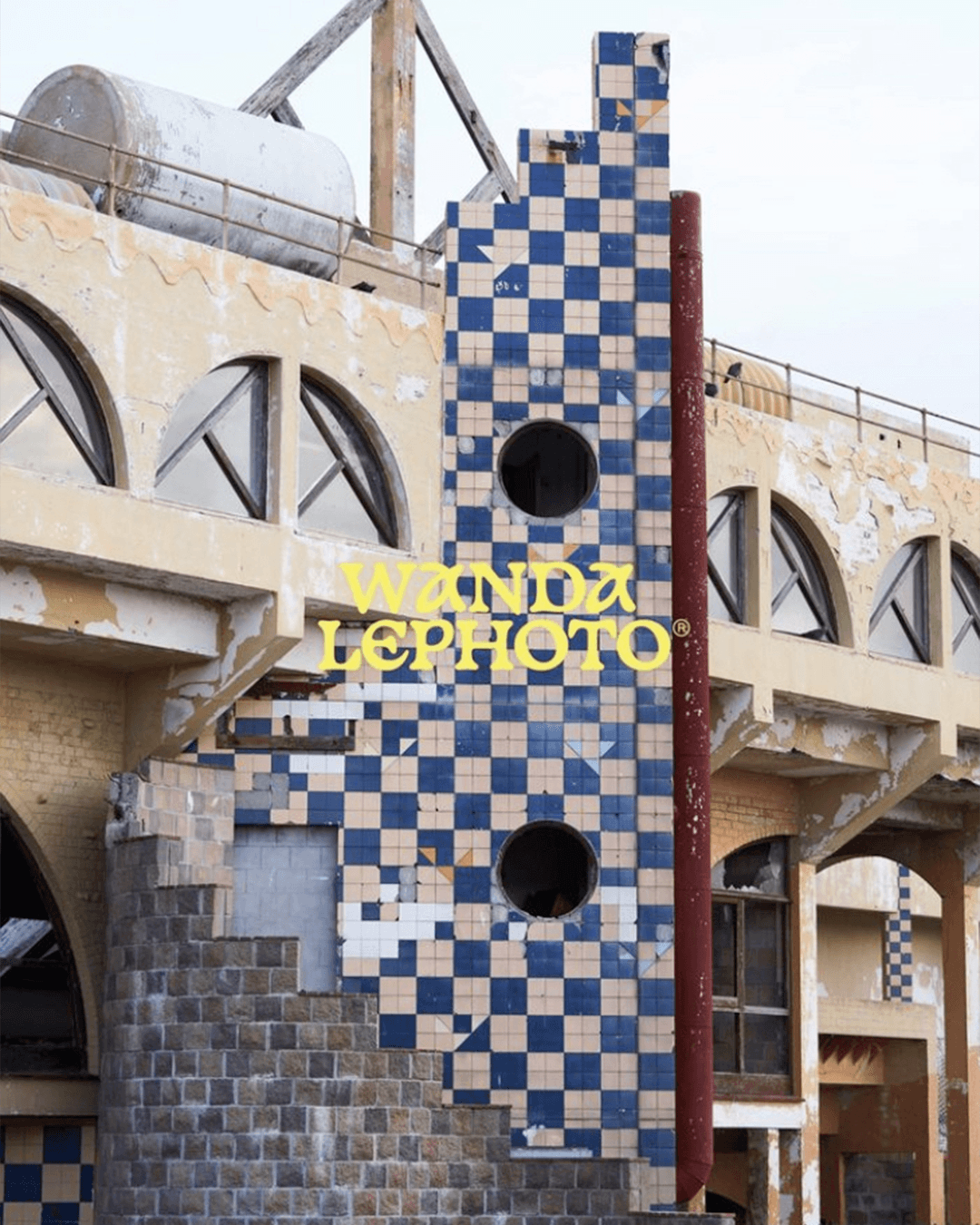


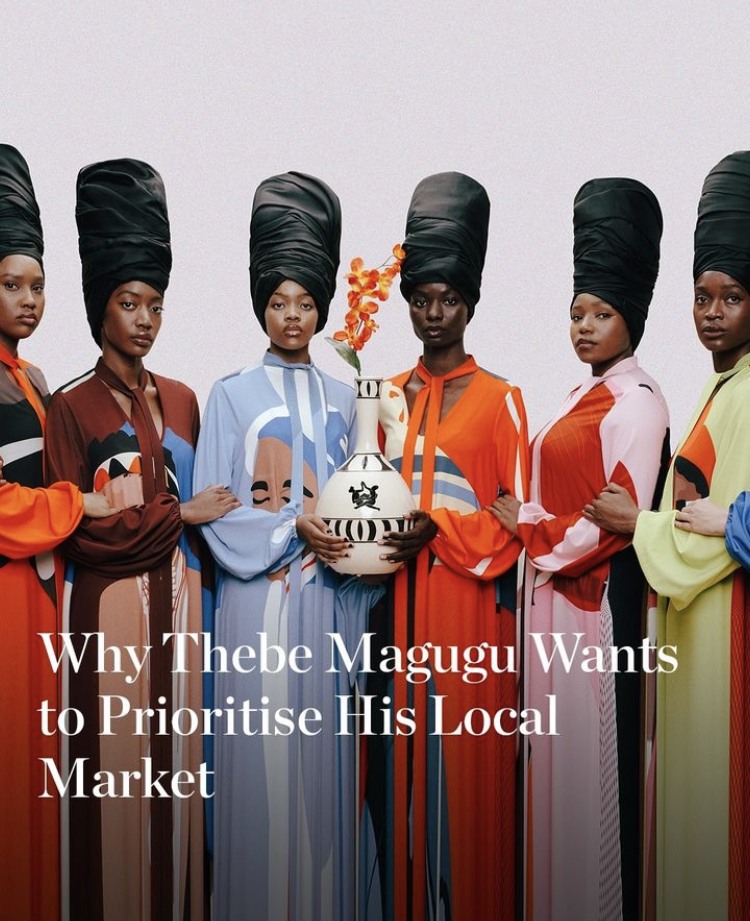

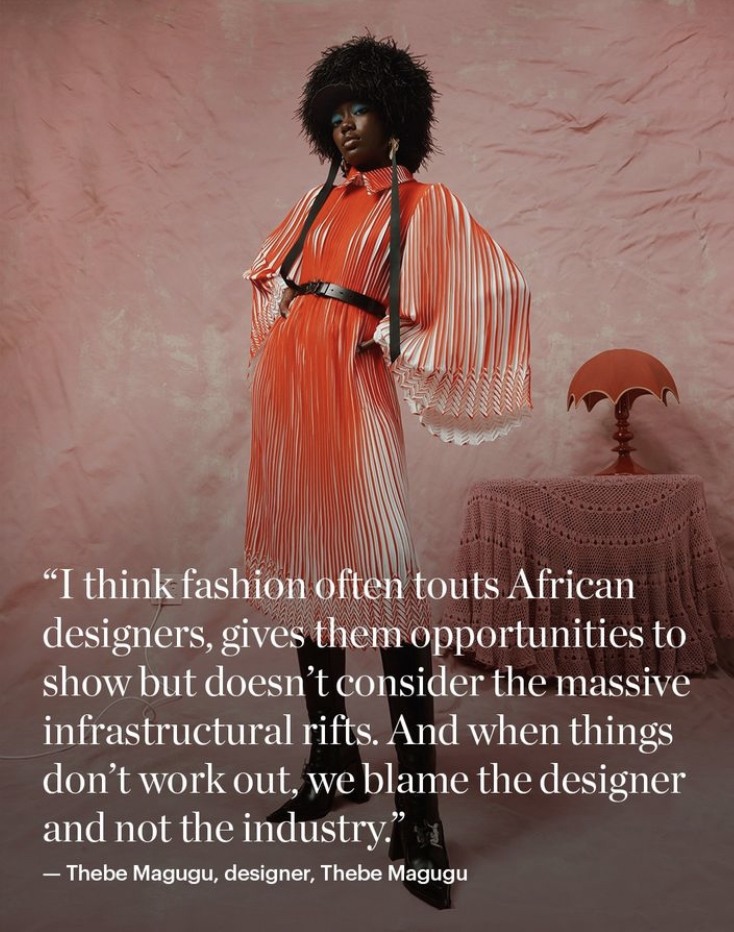
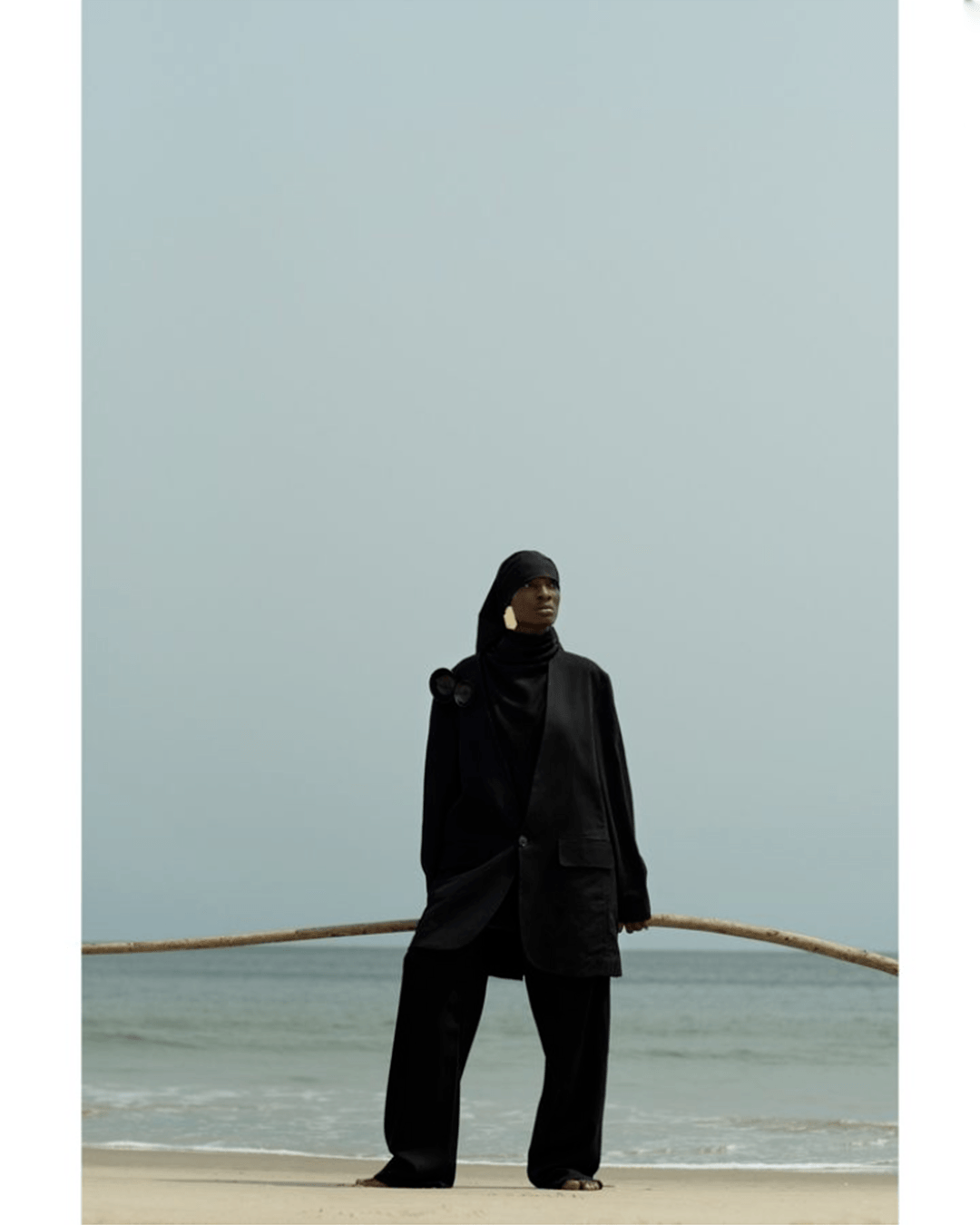




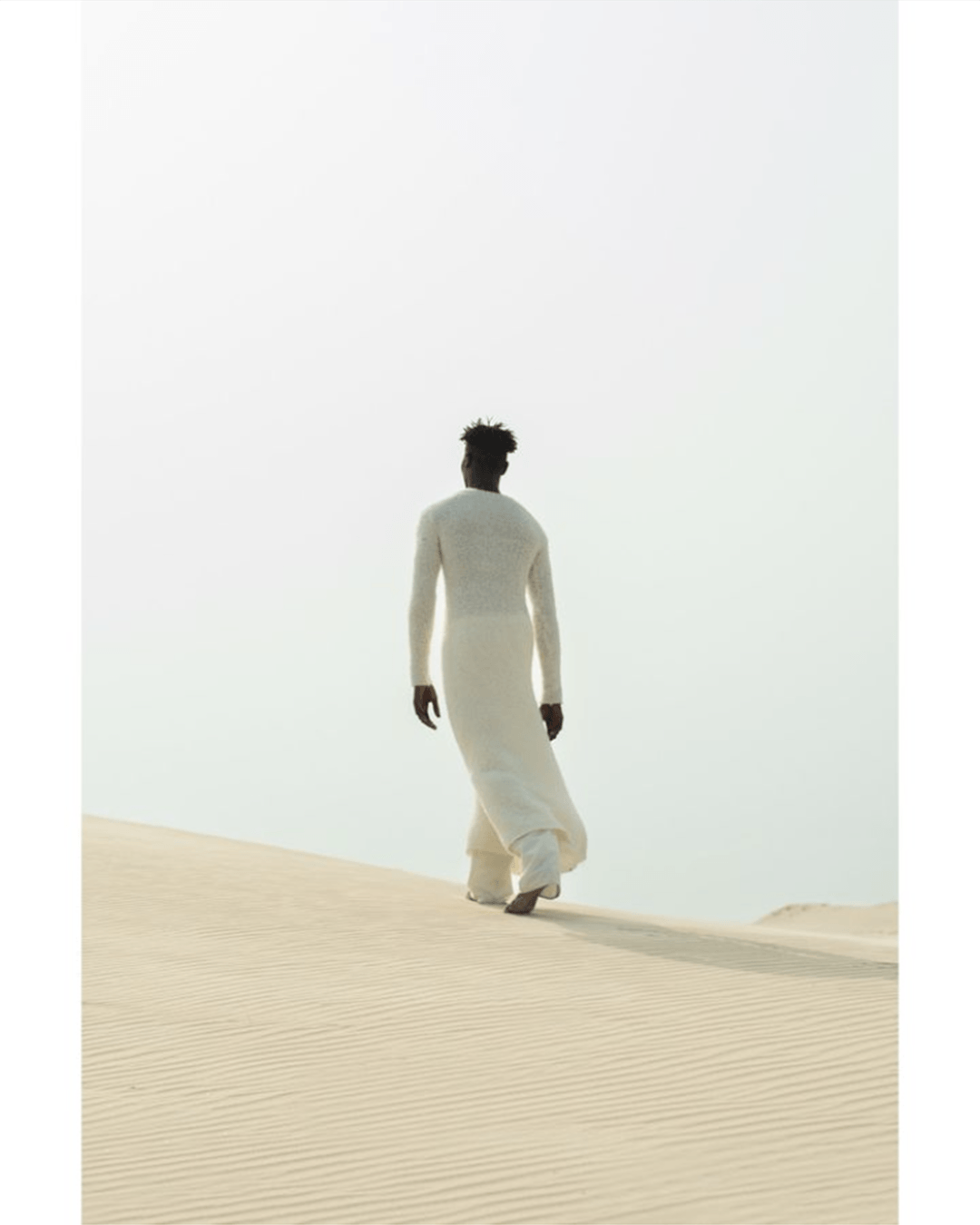
Recent Comments